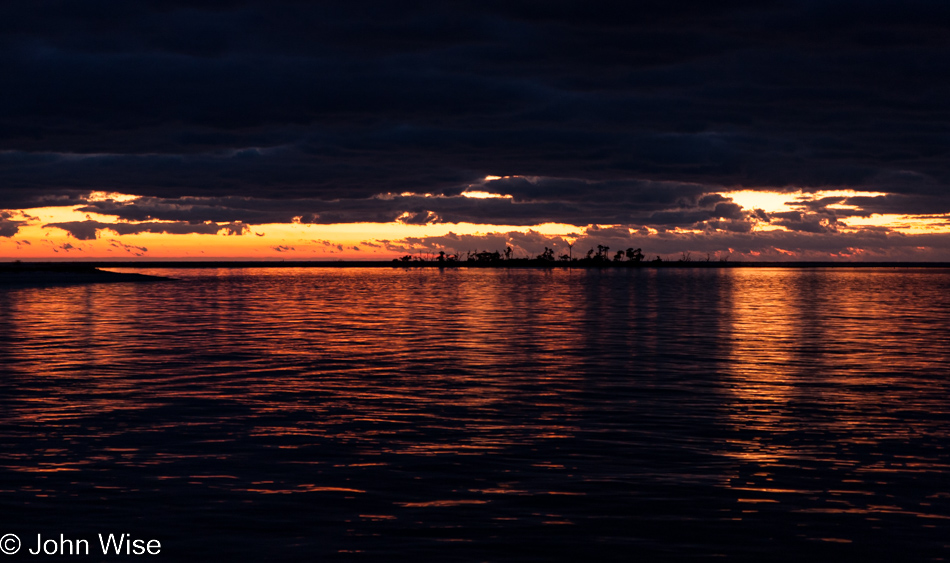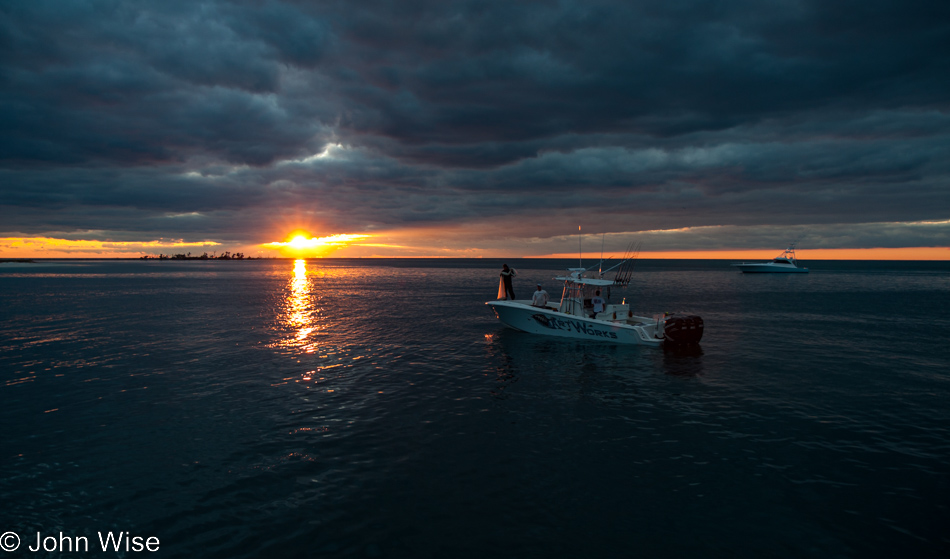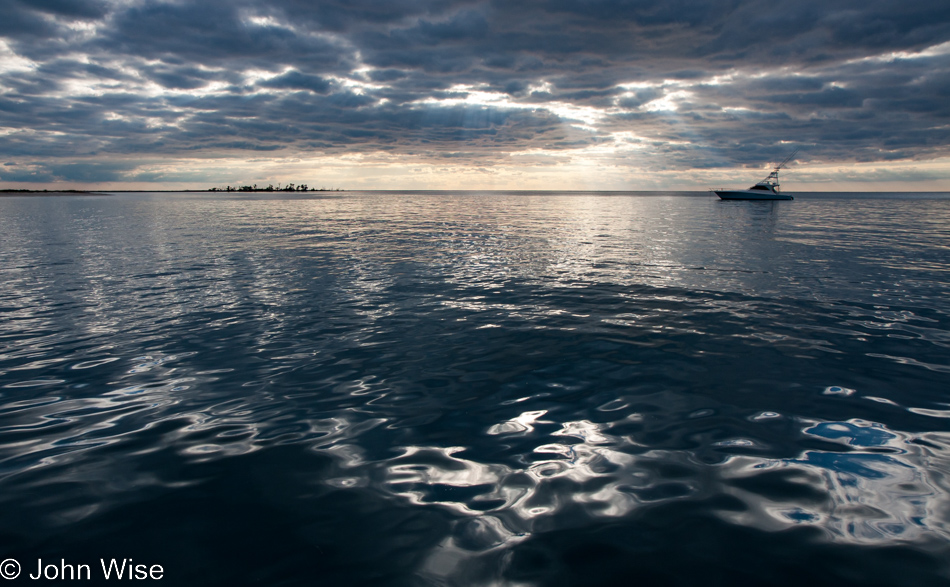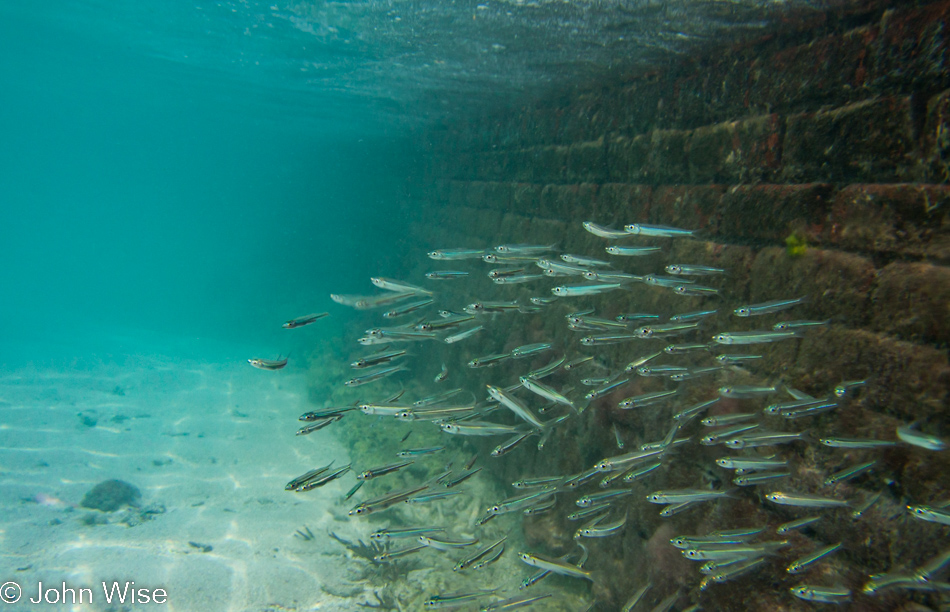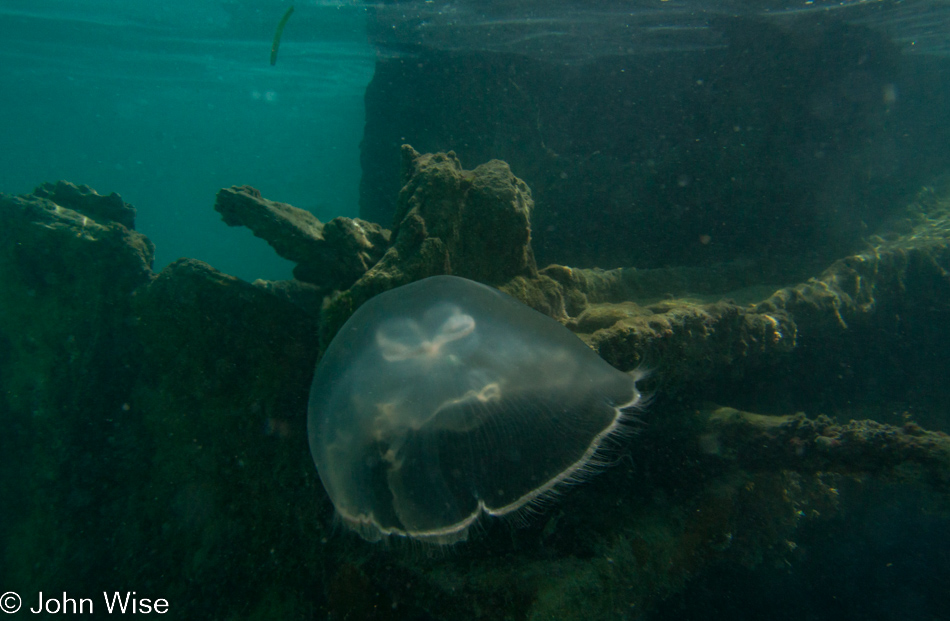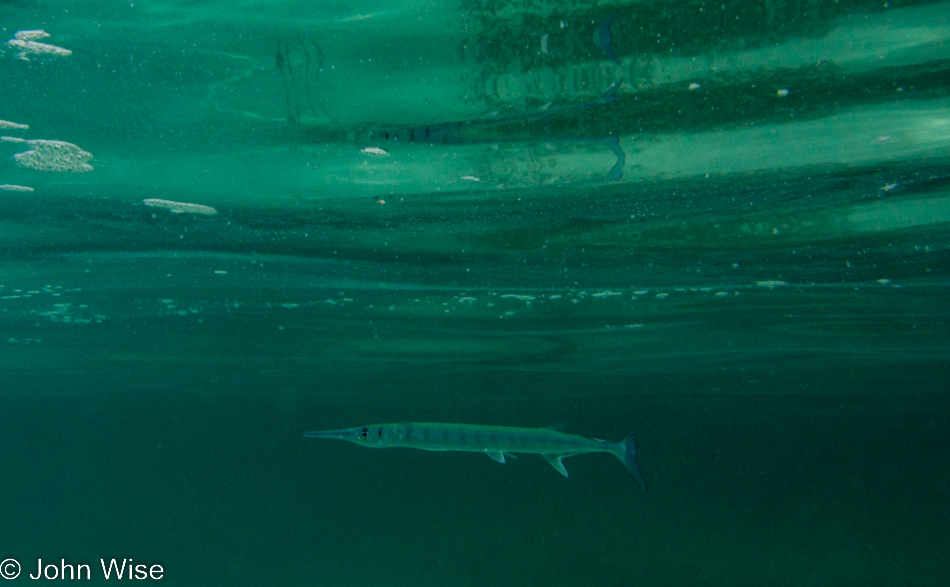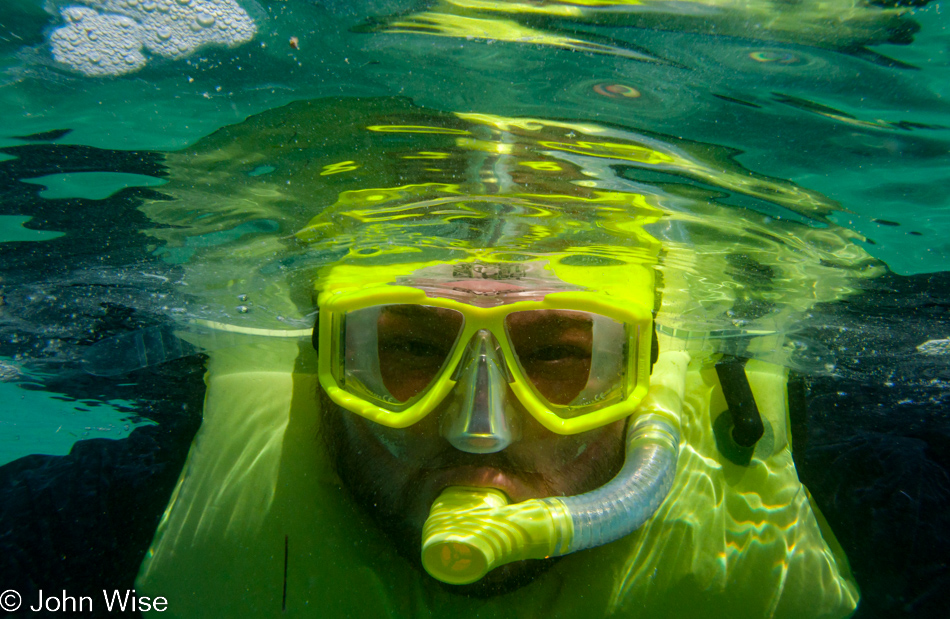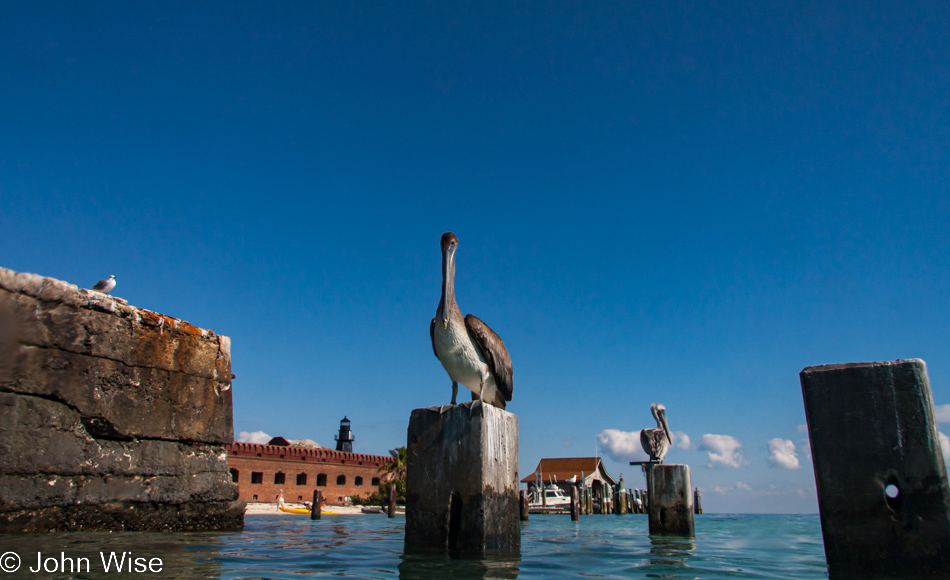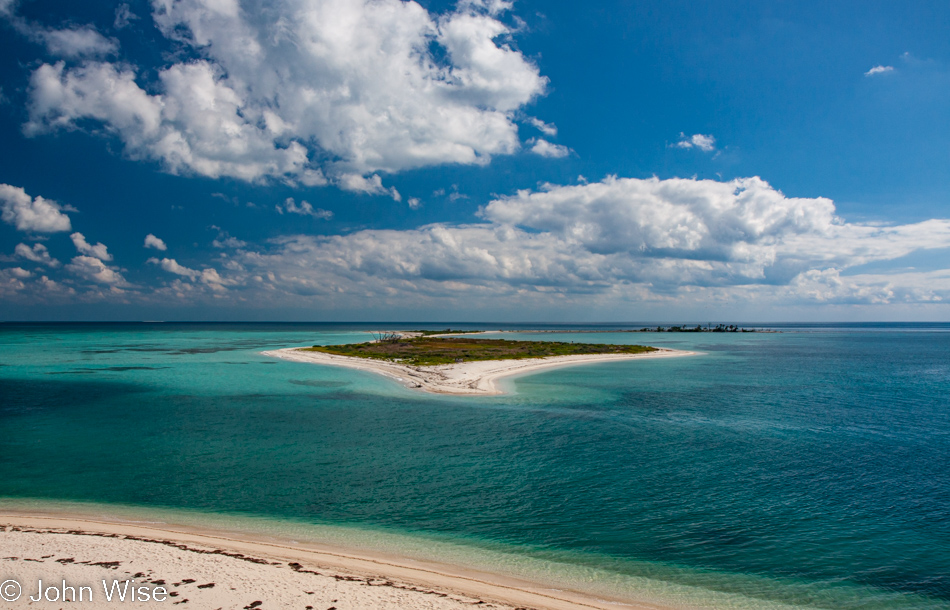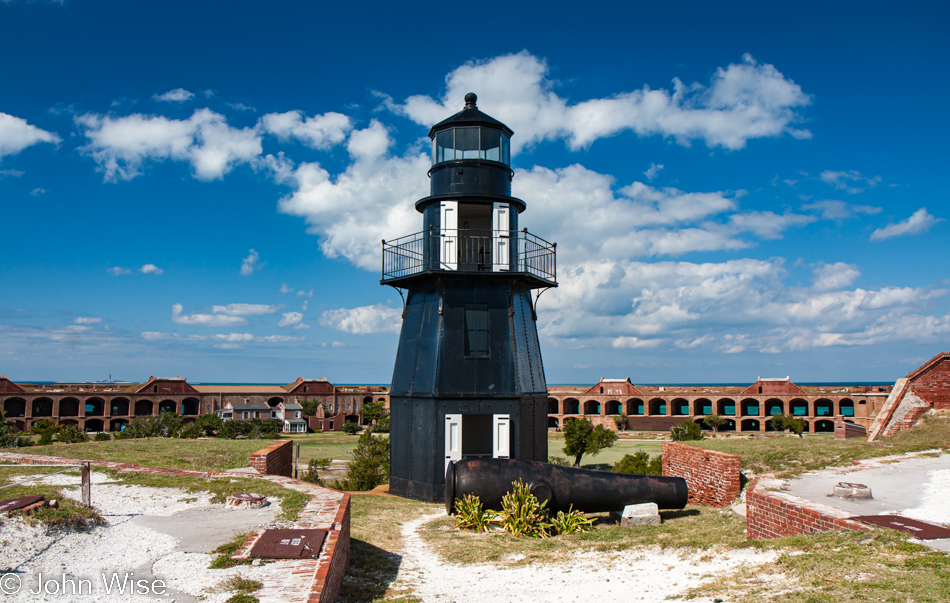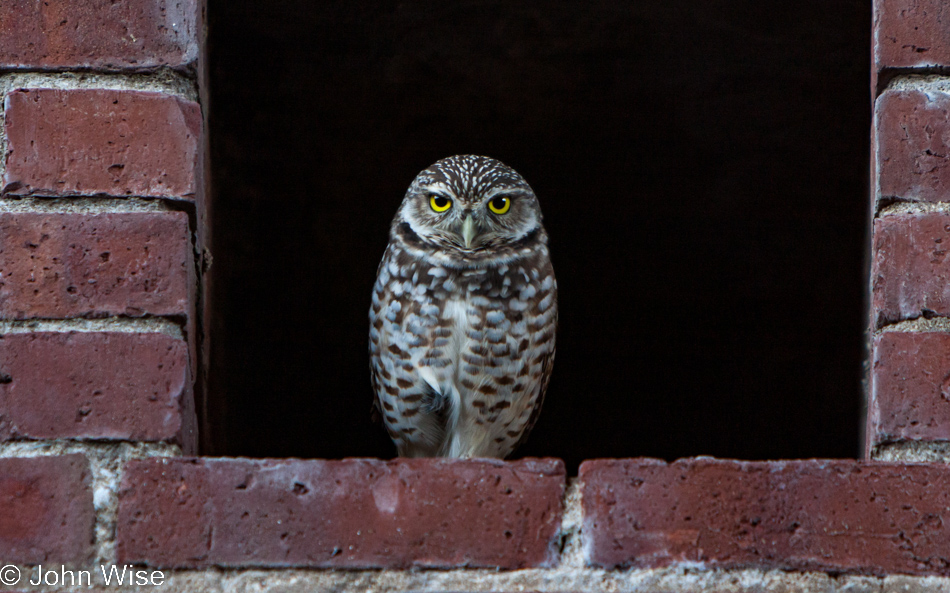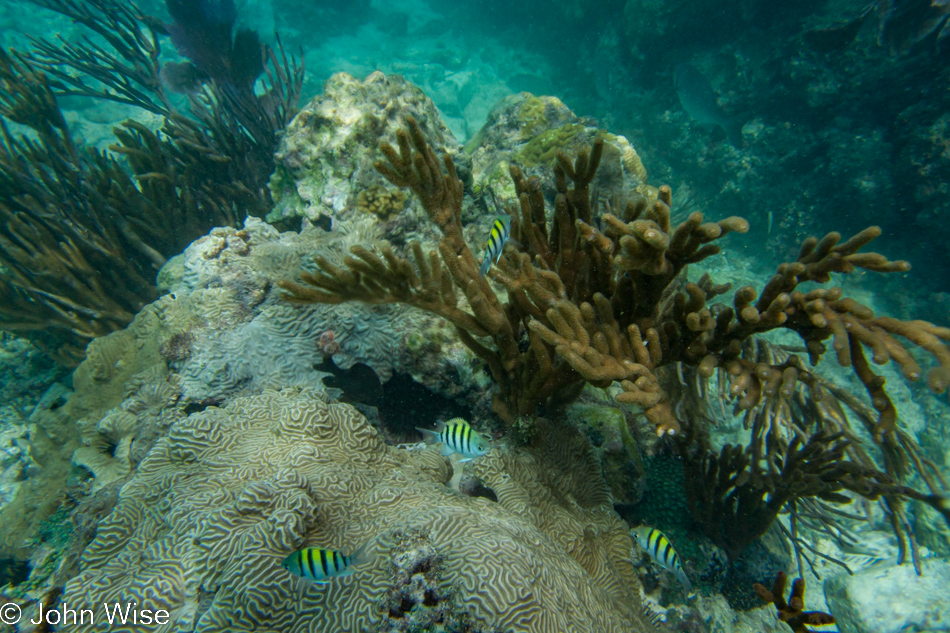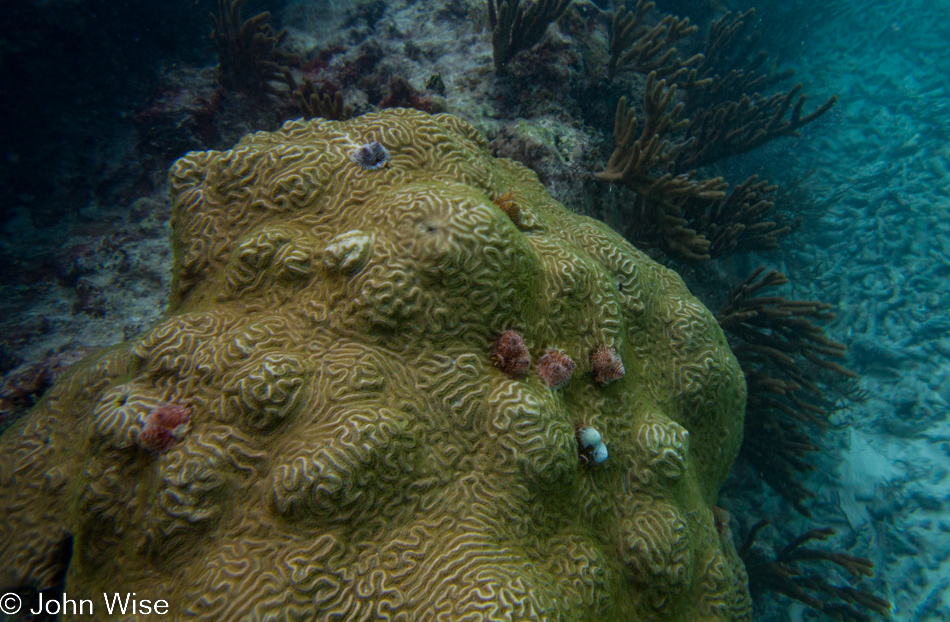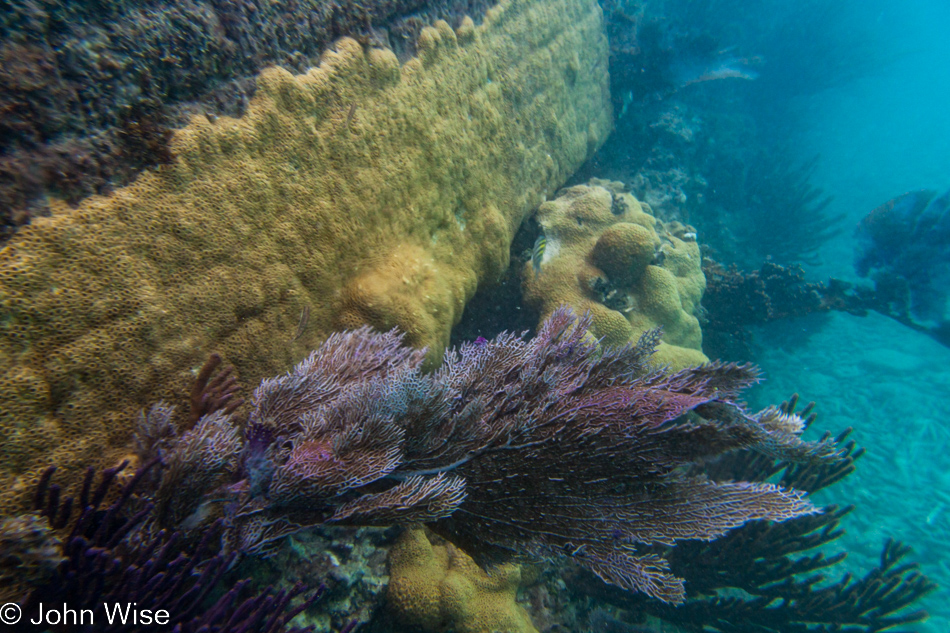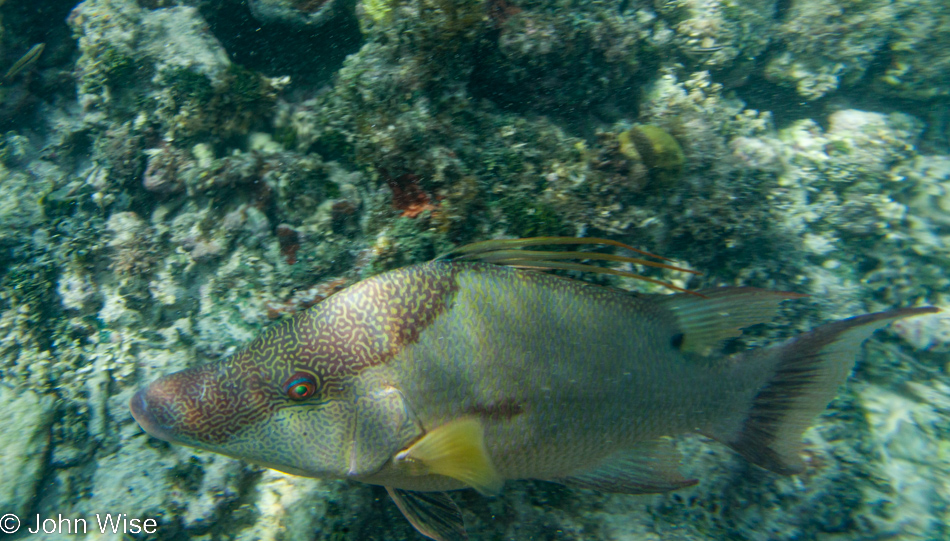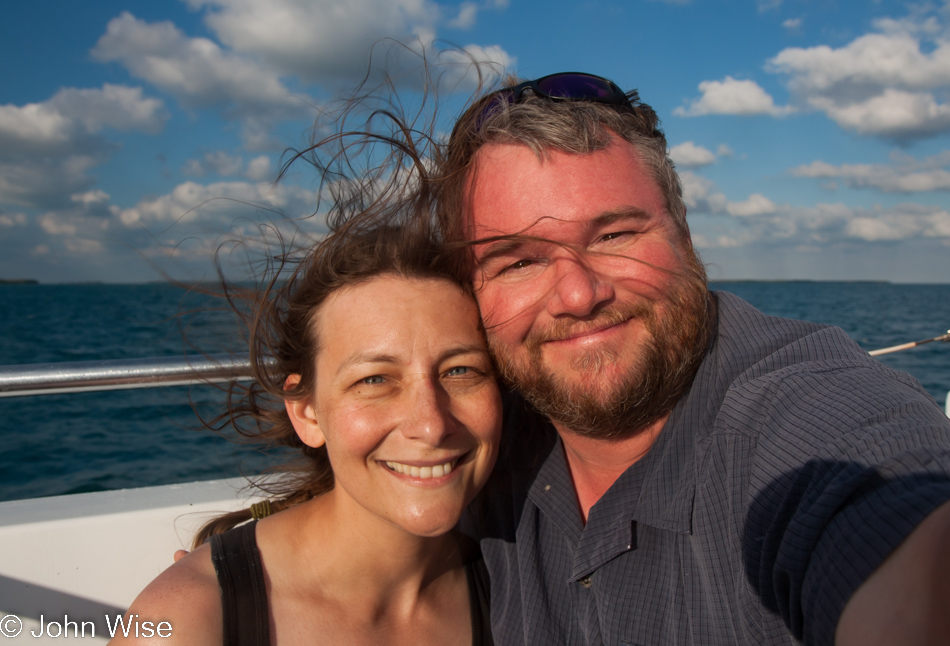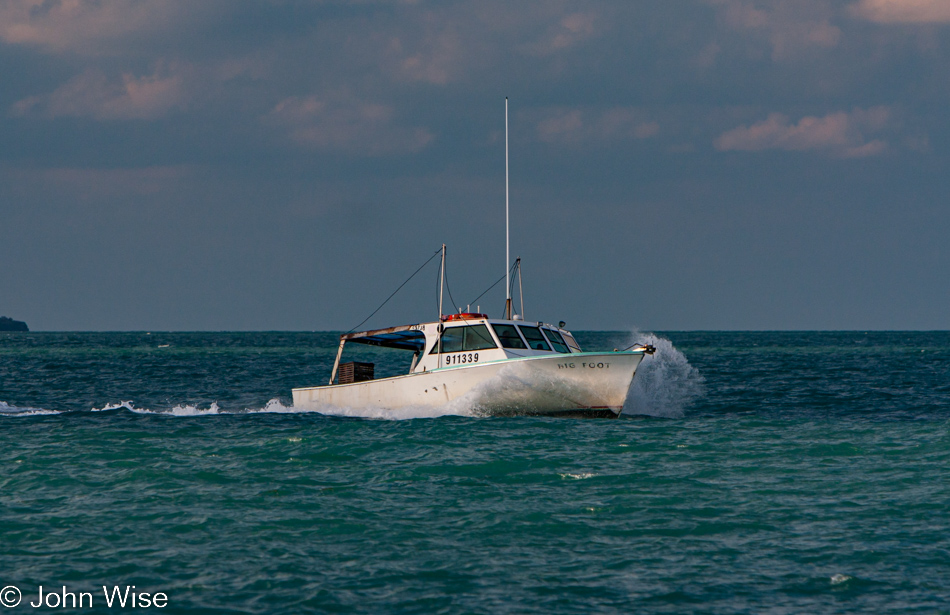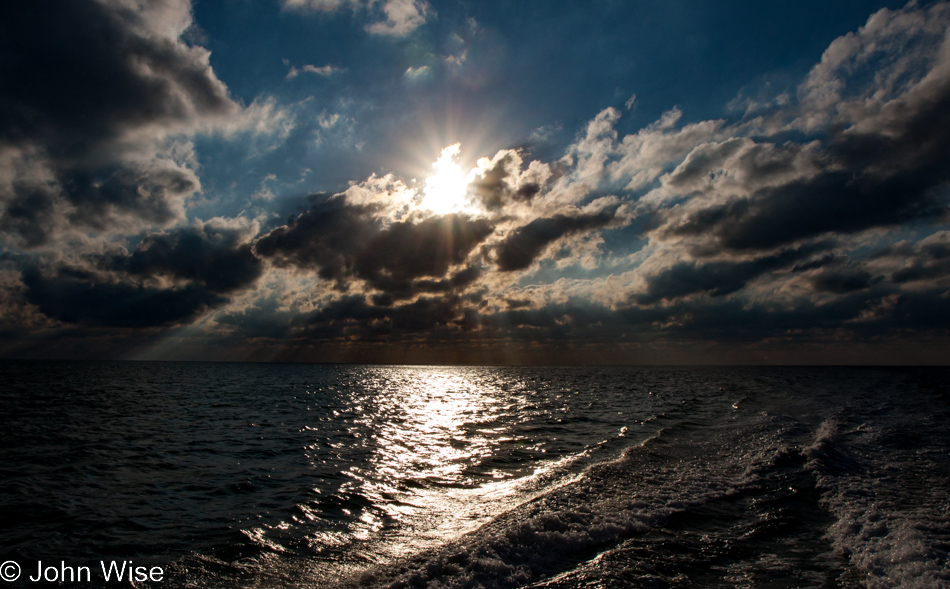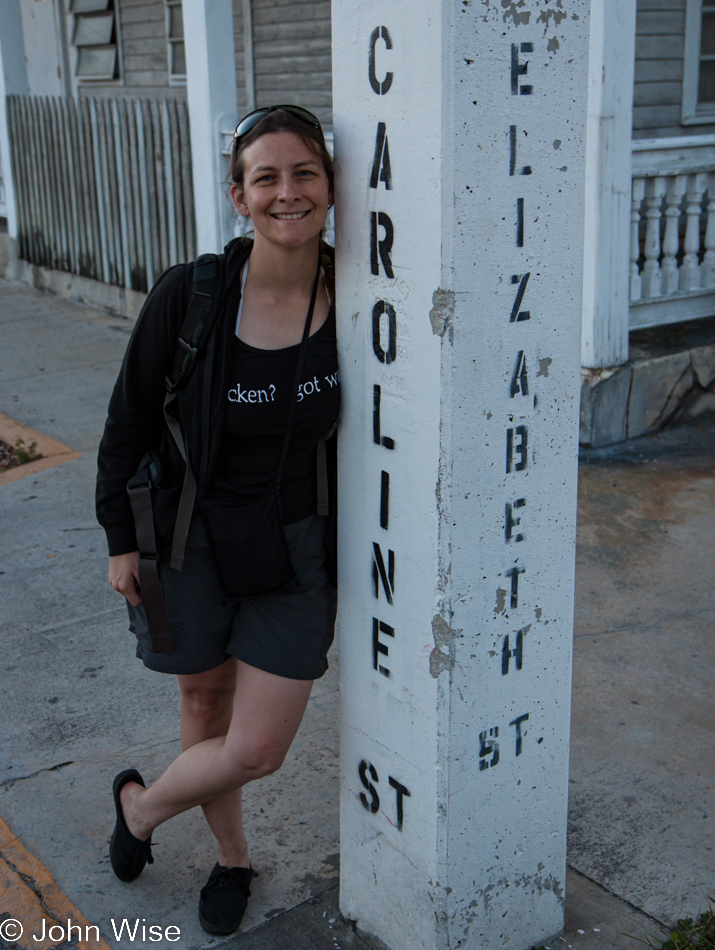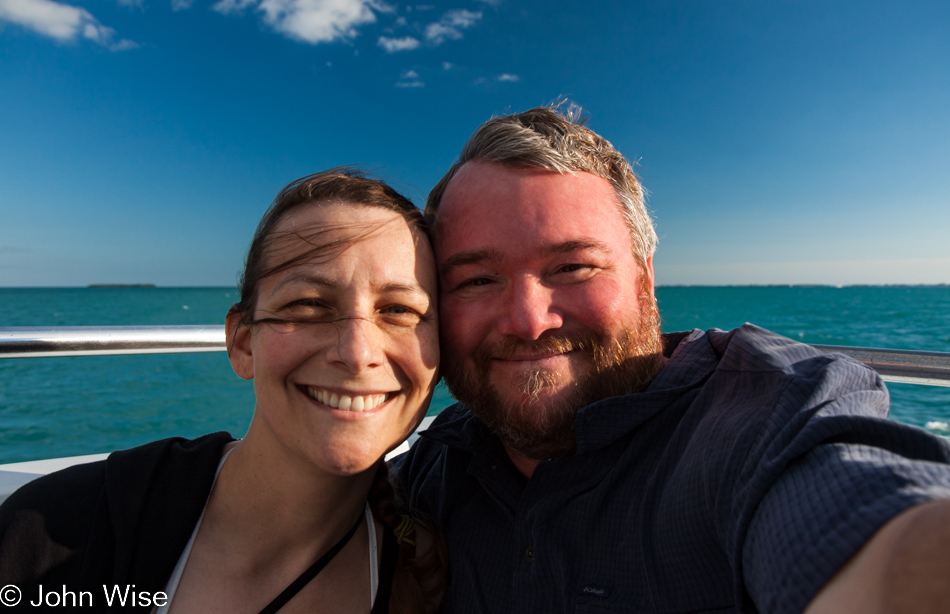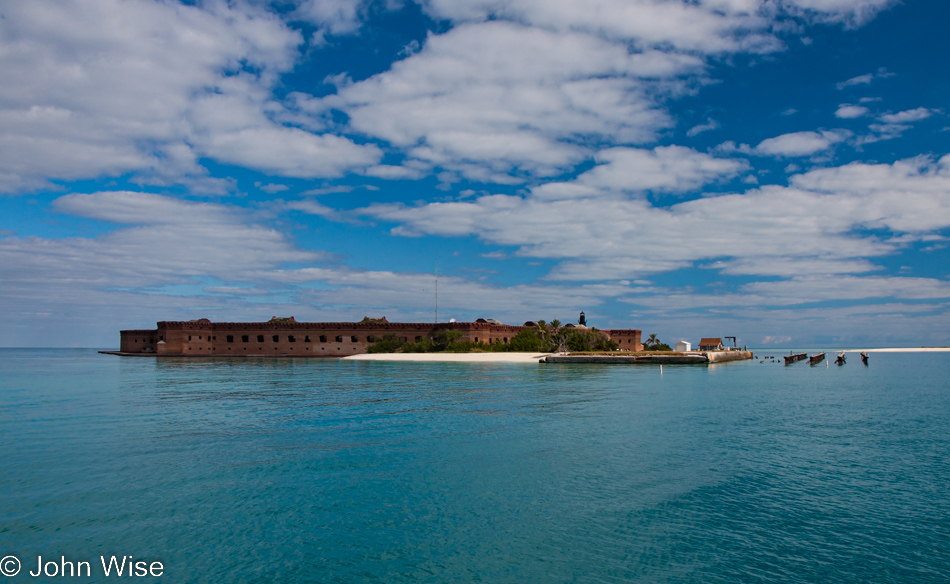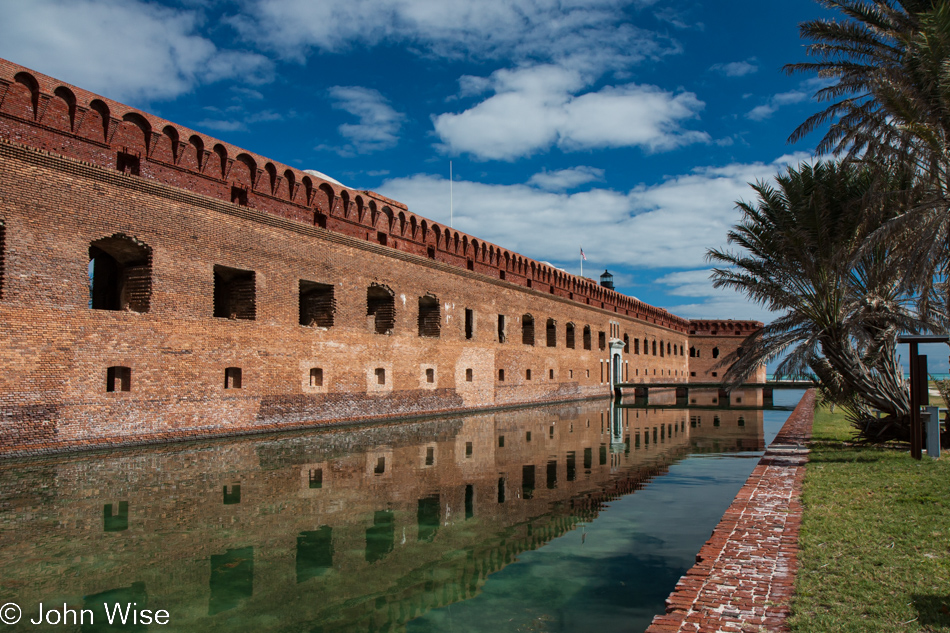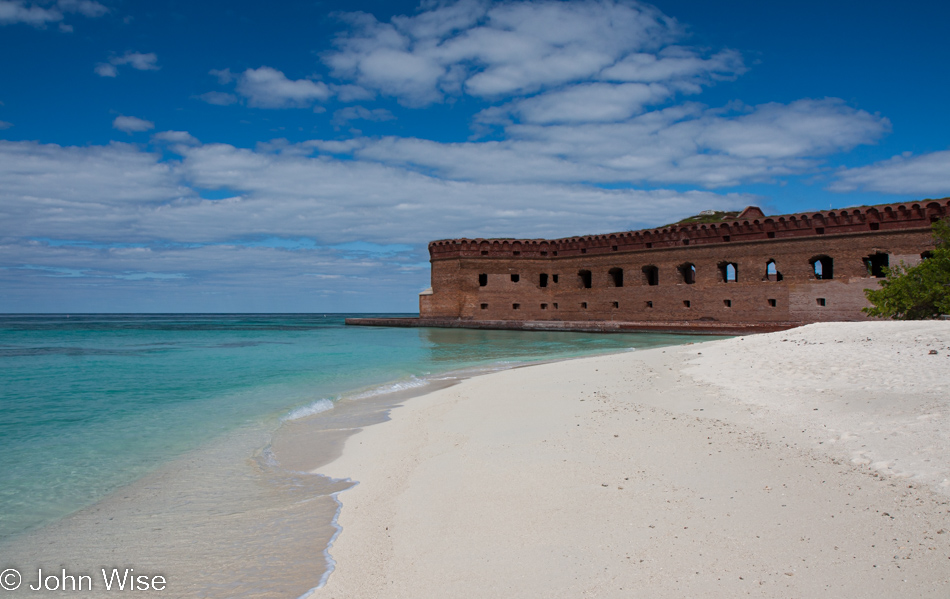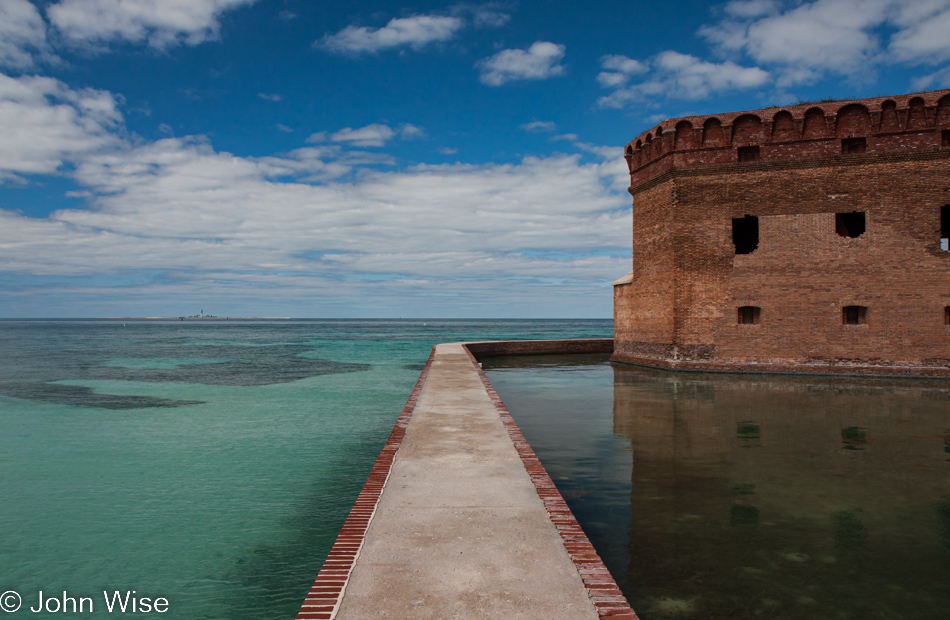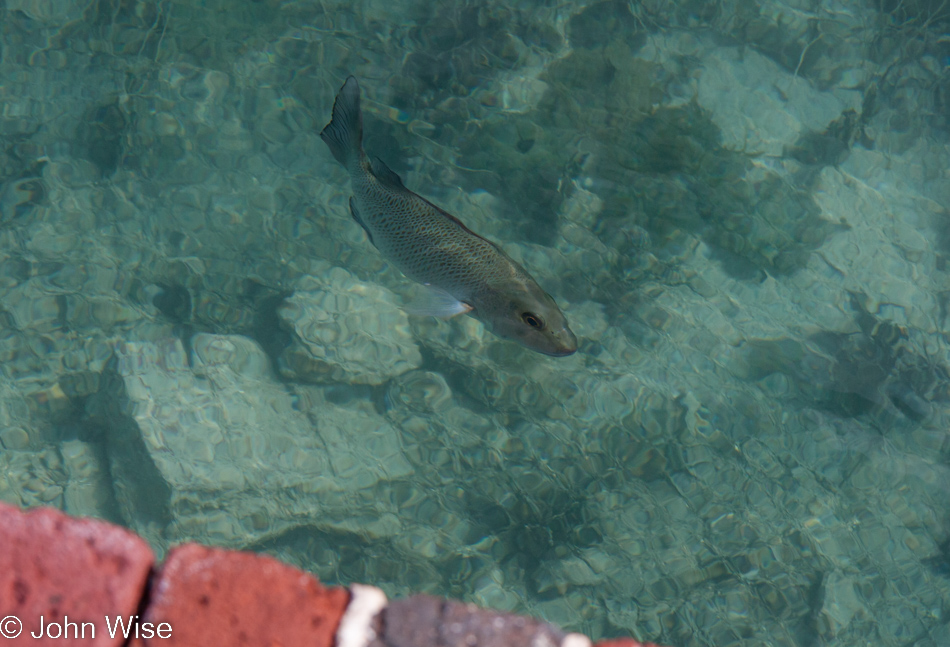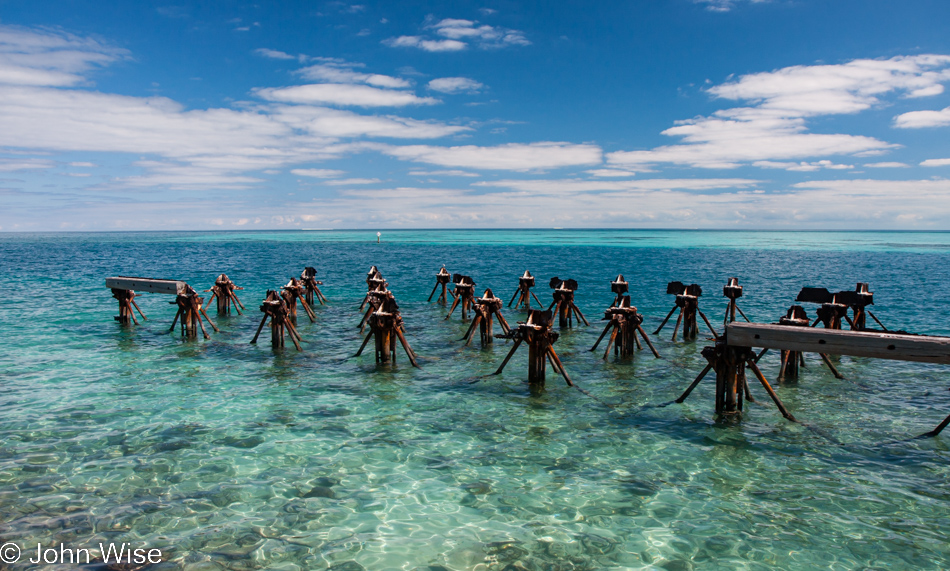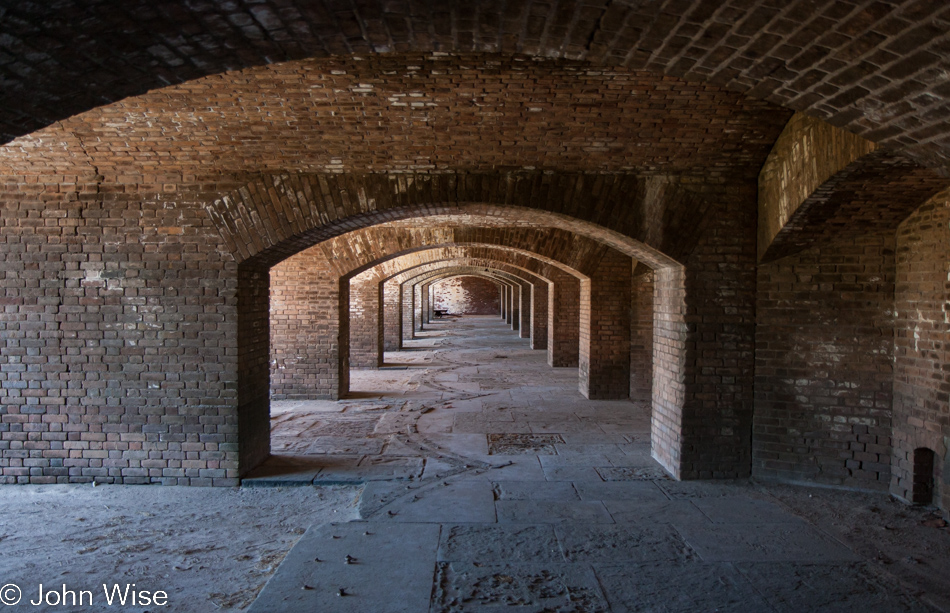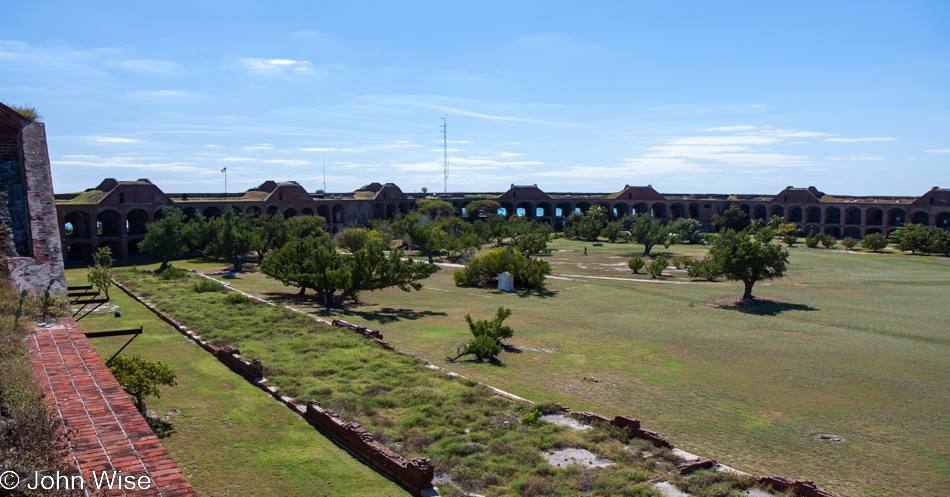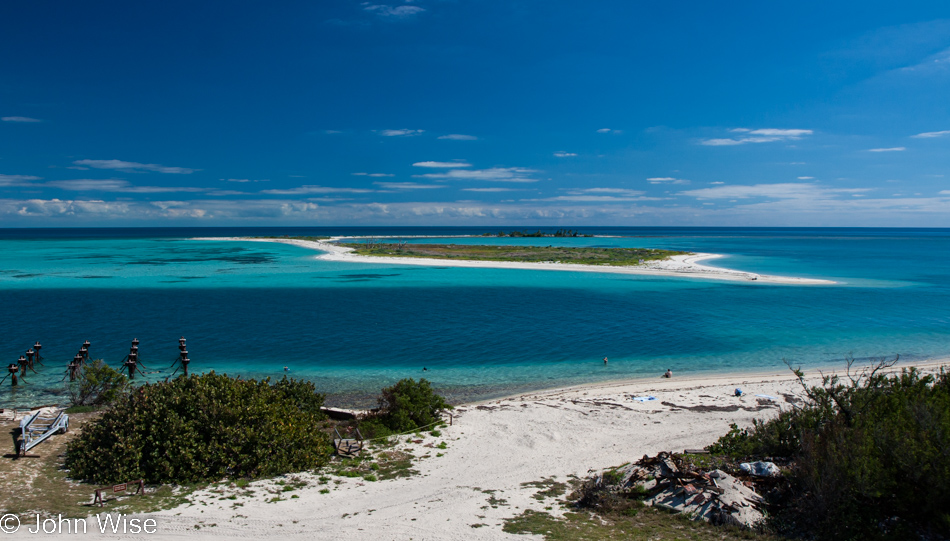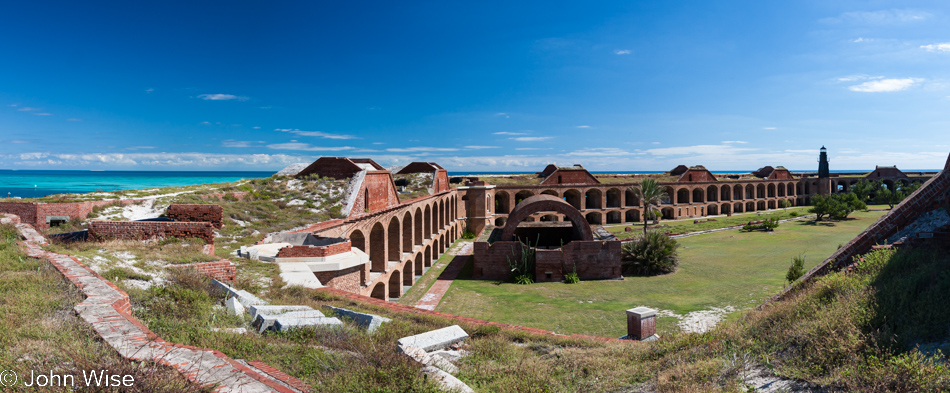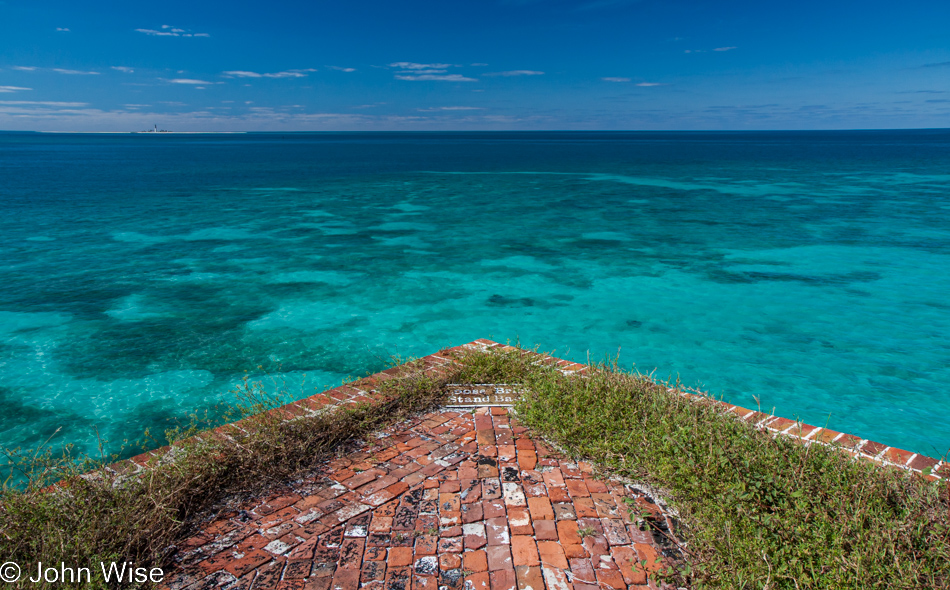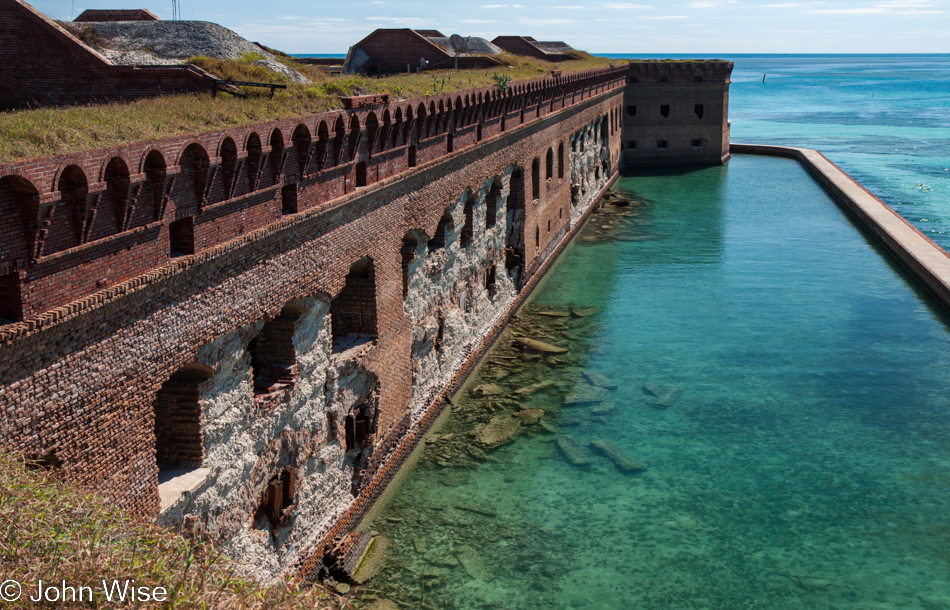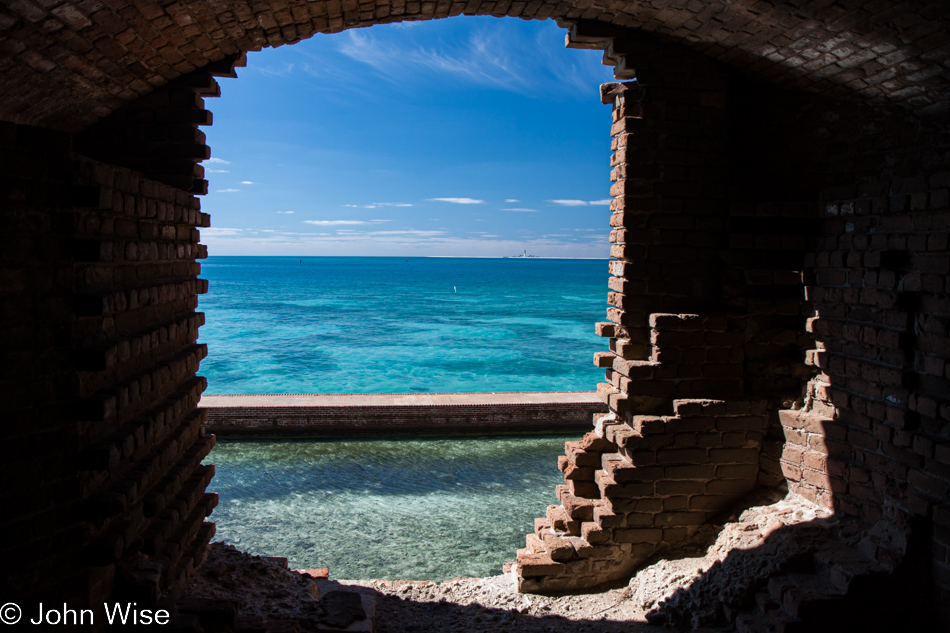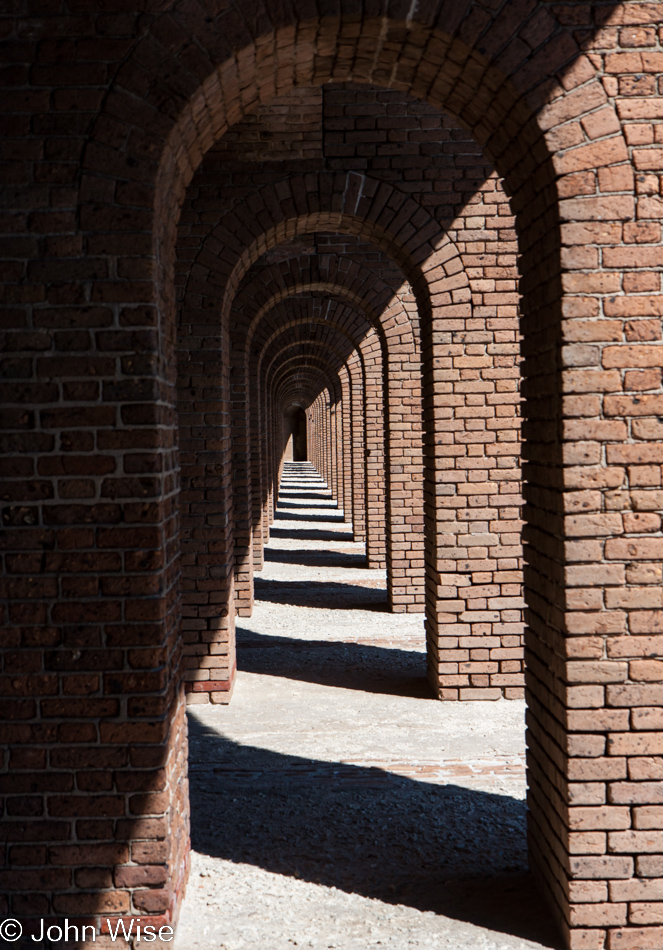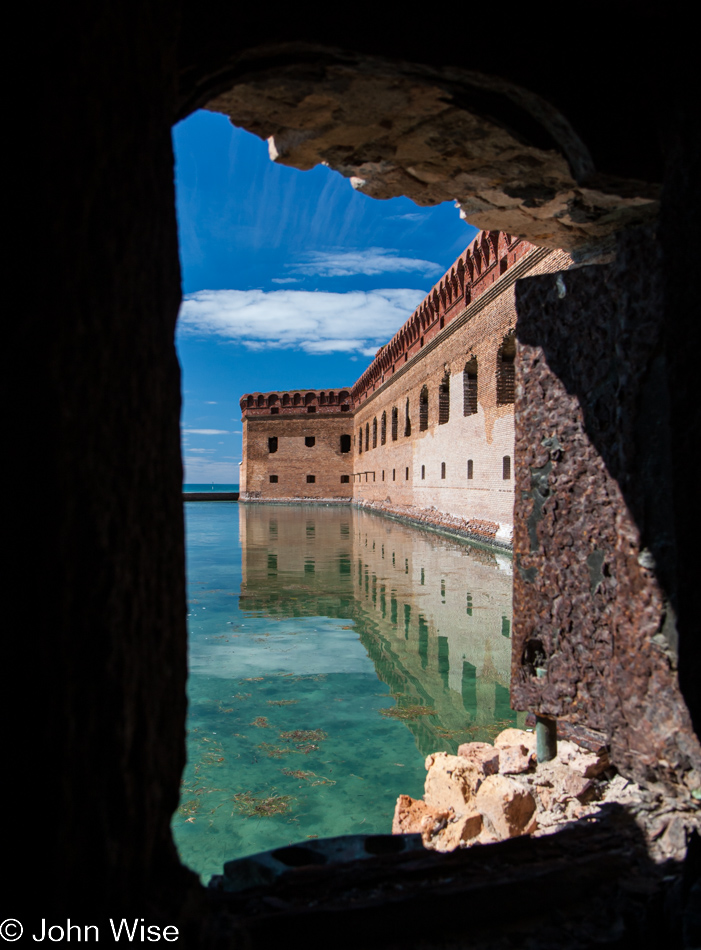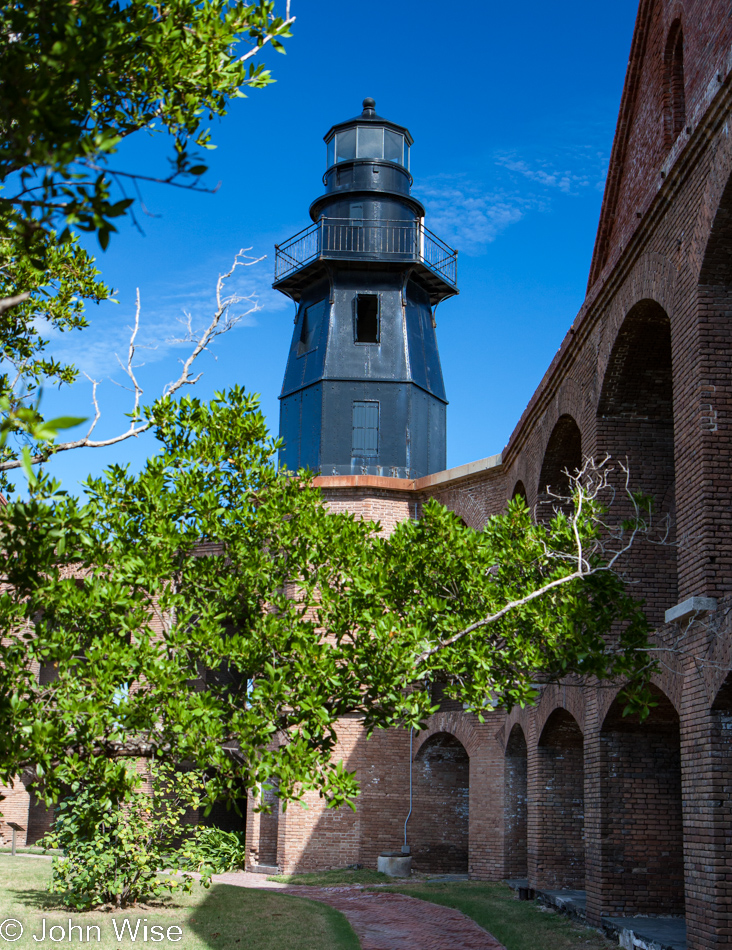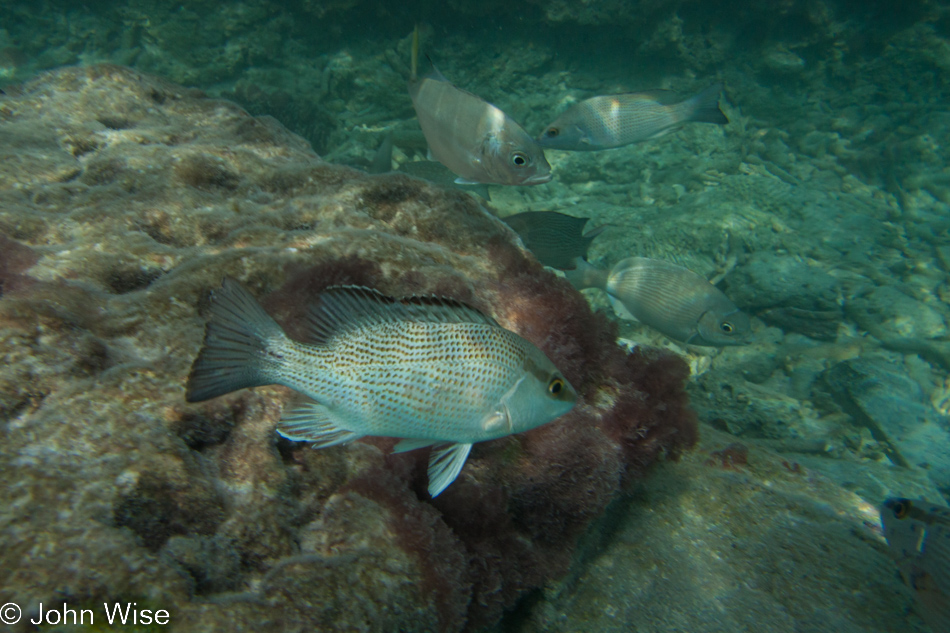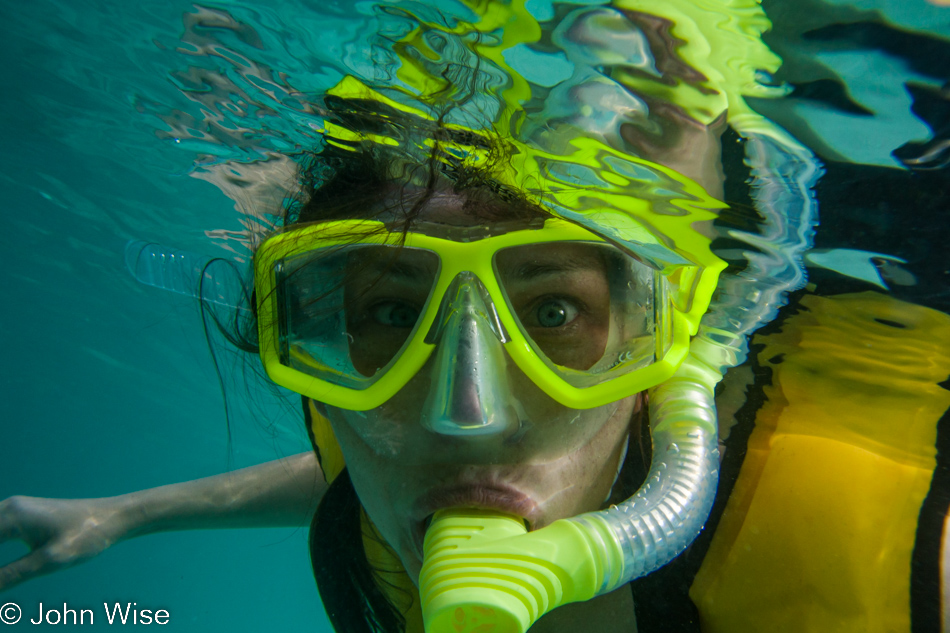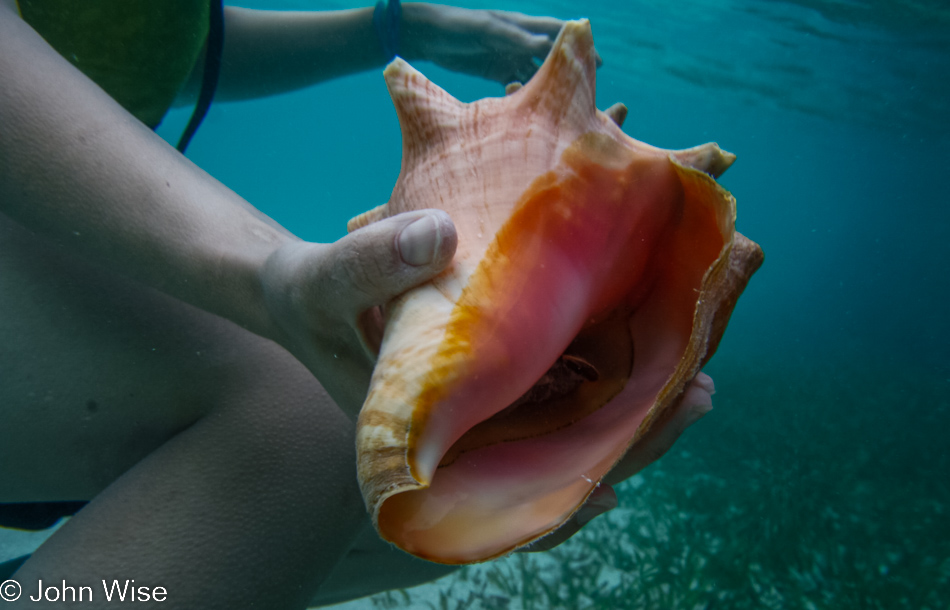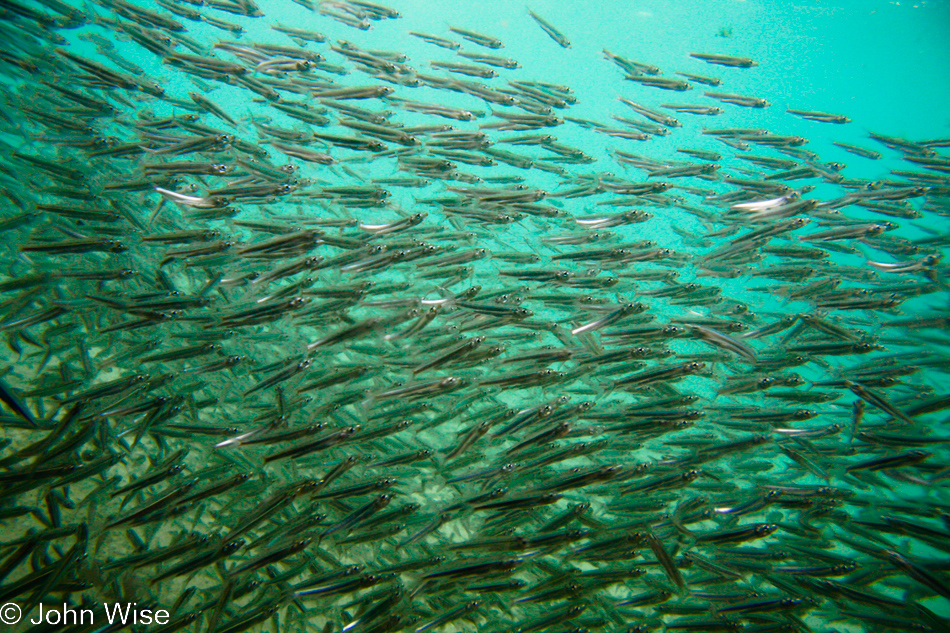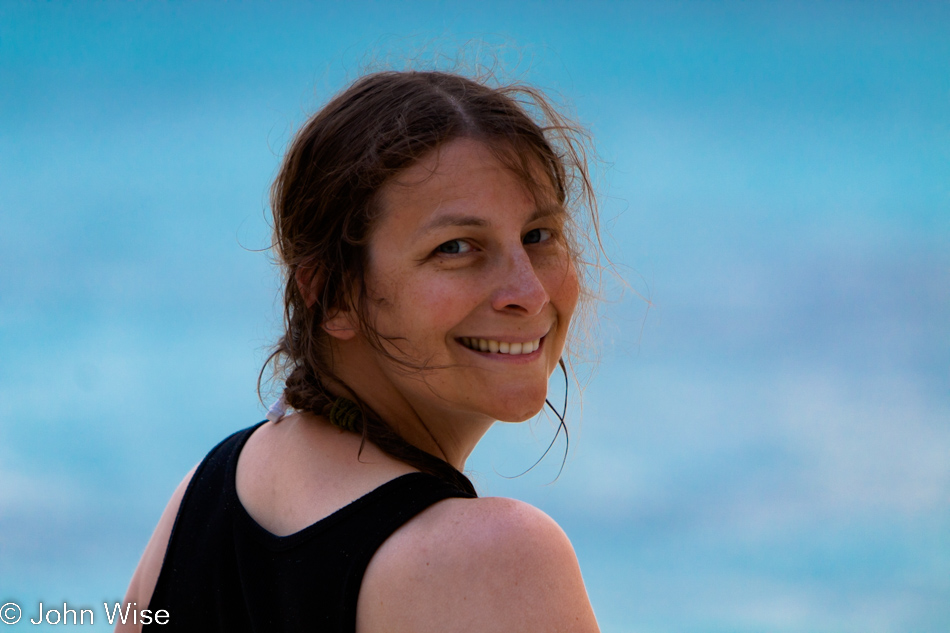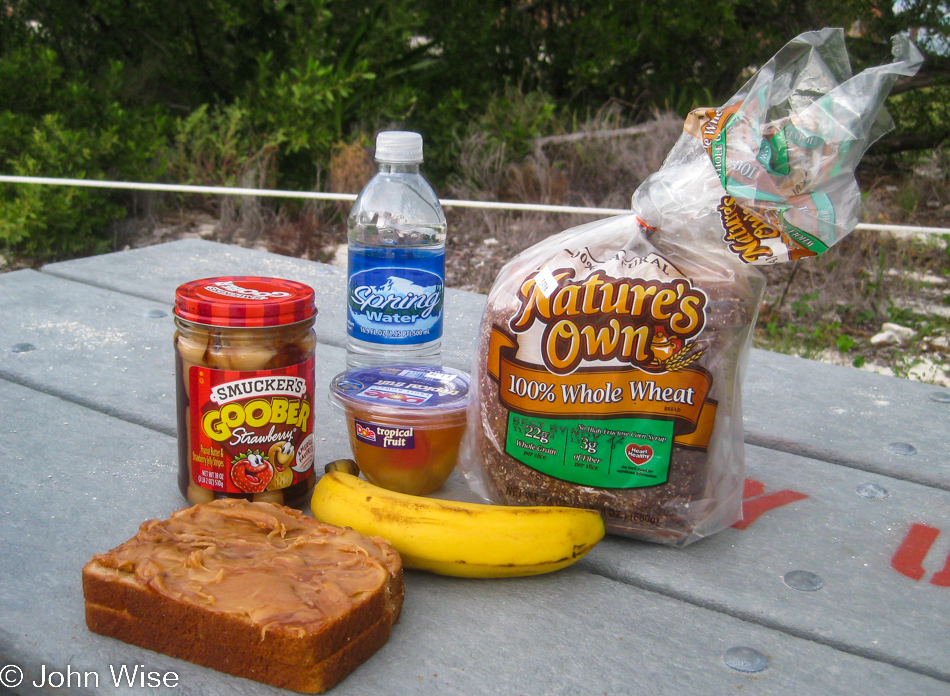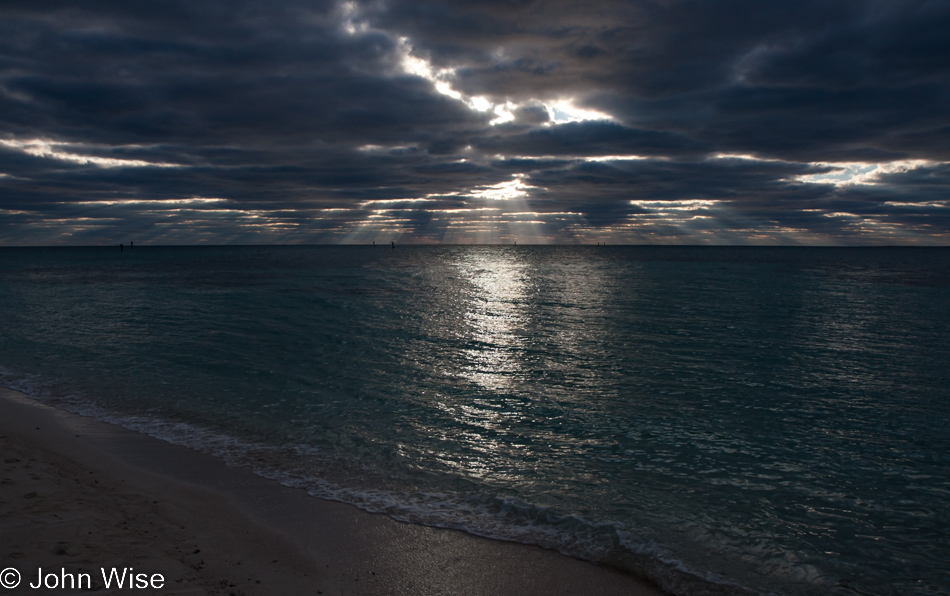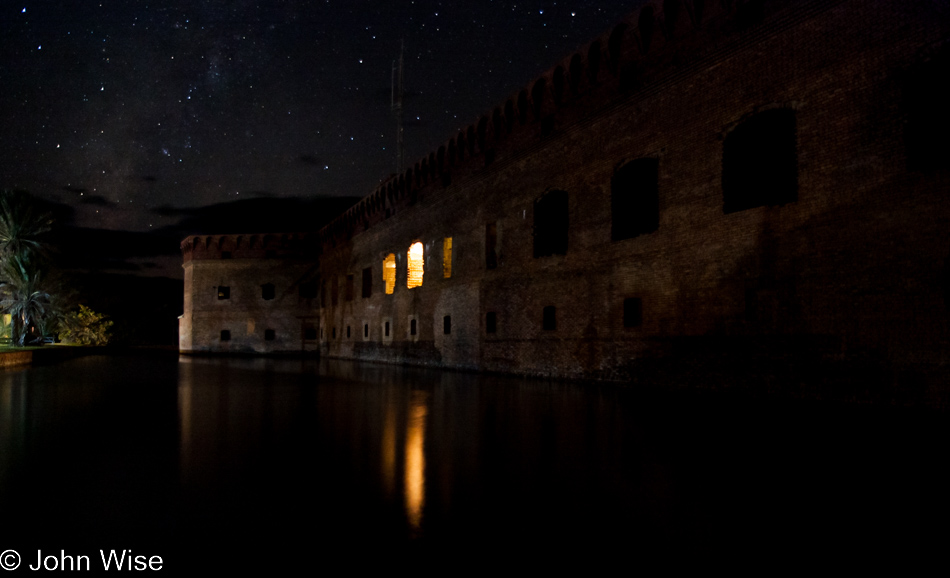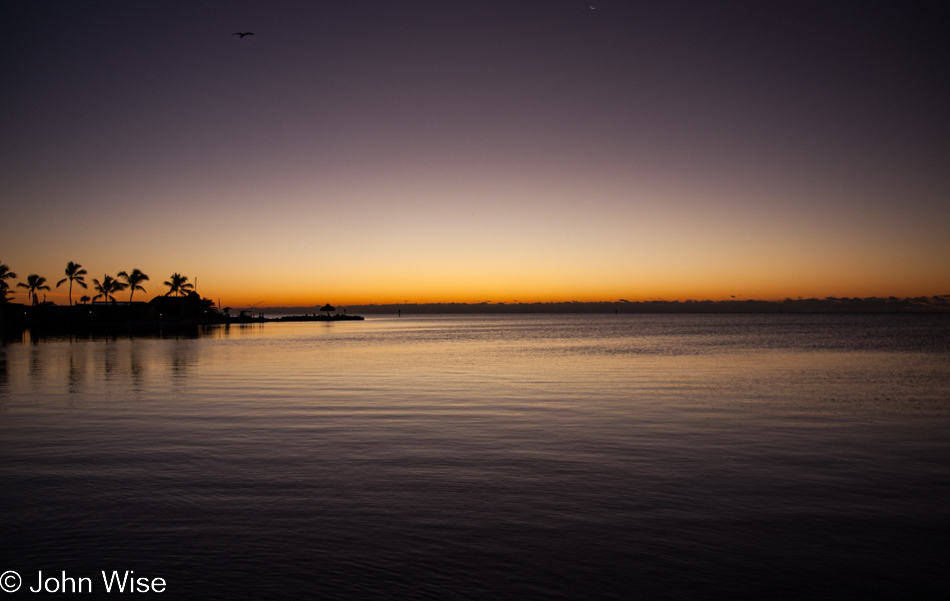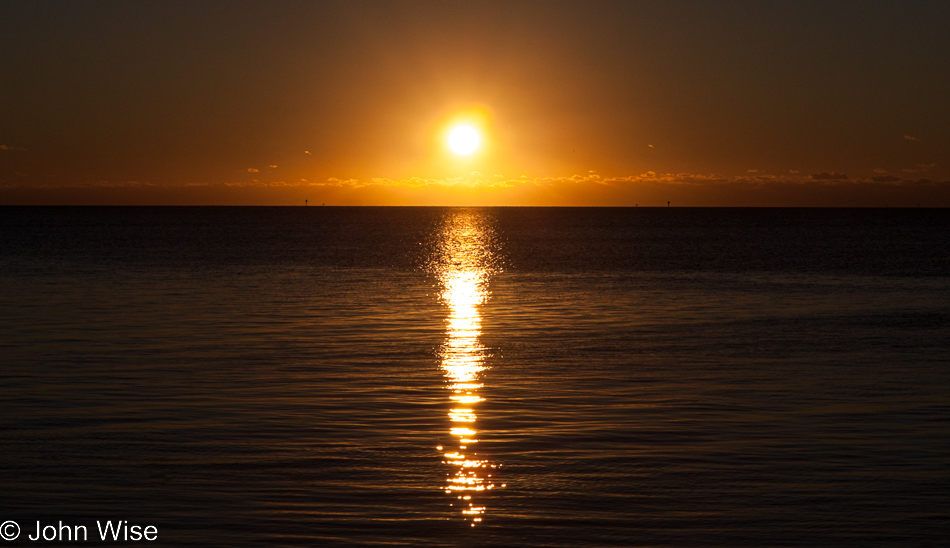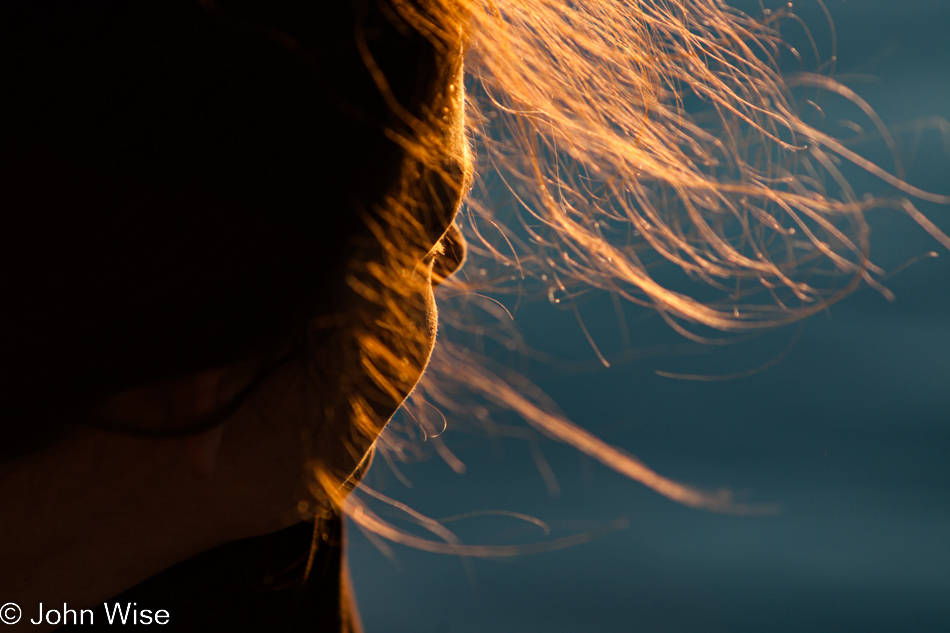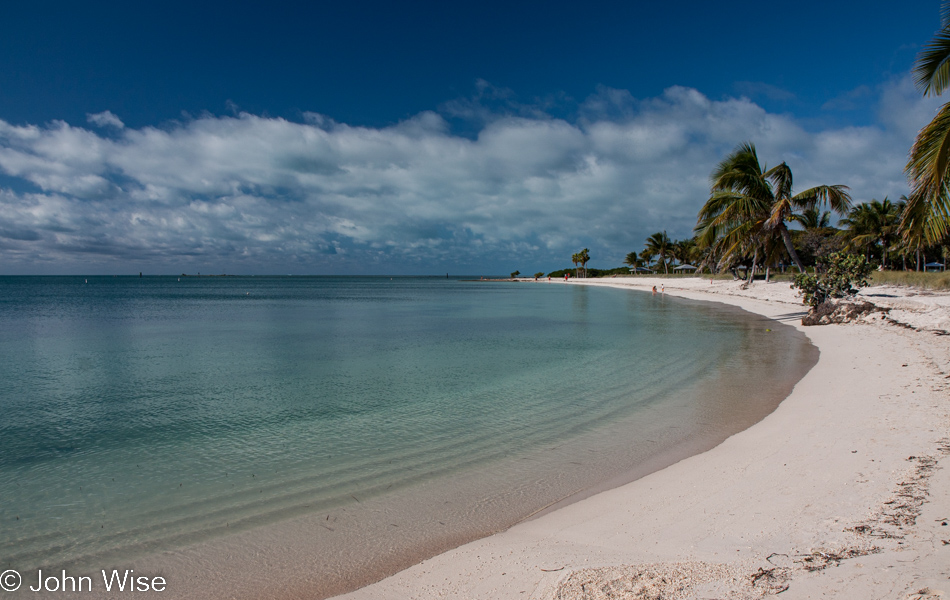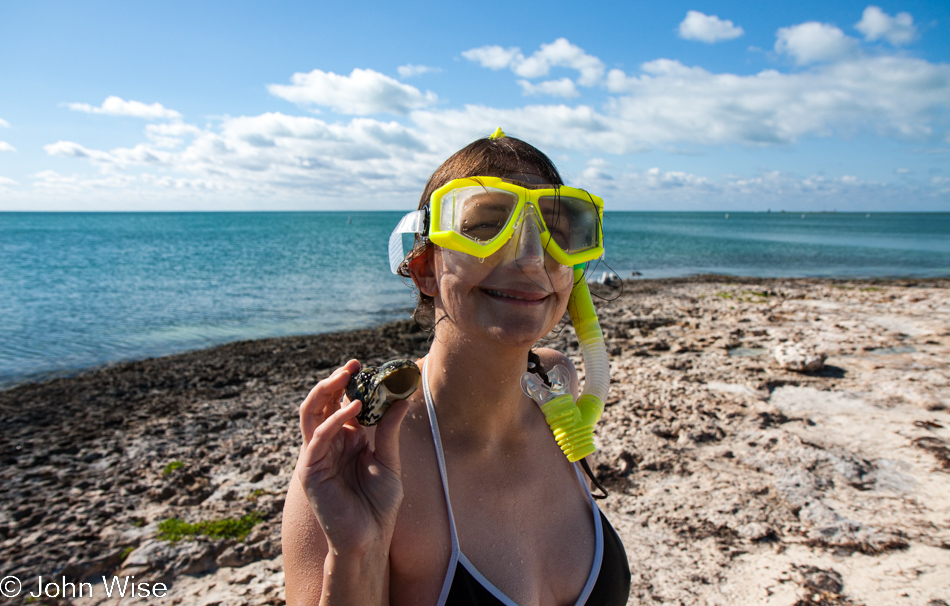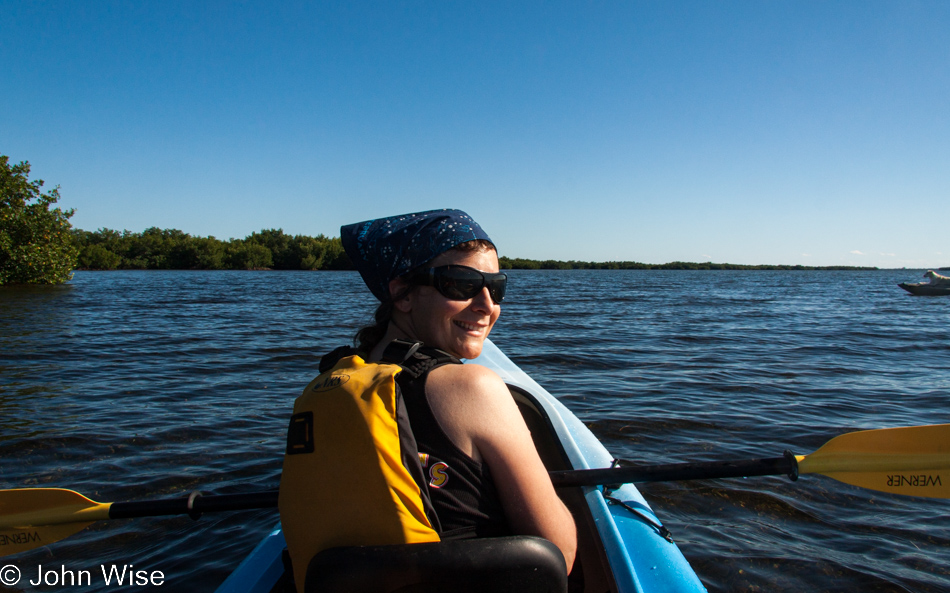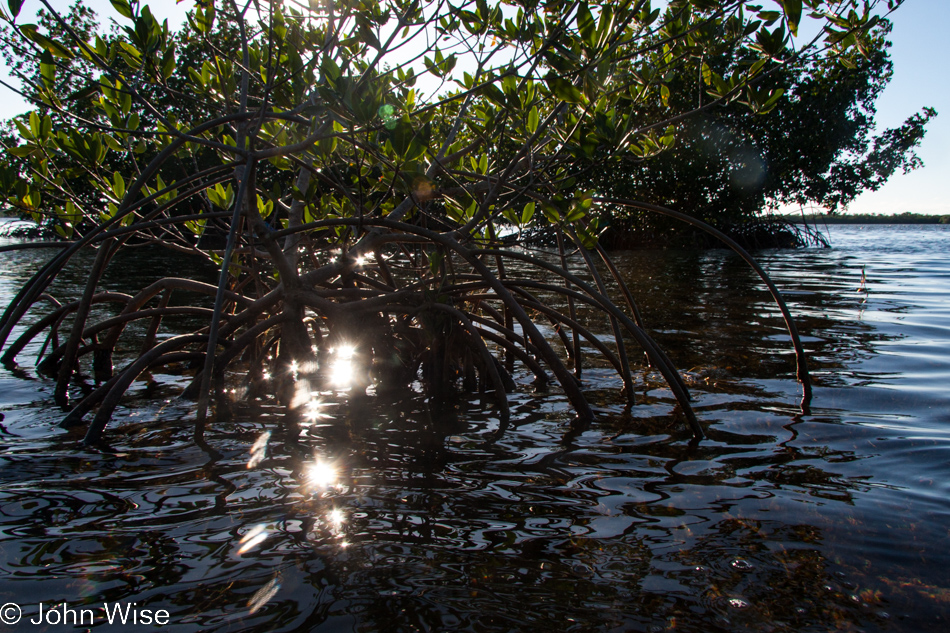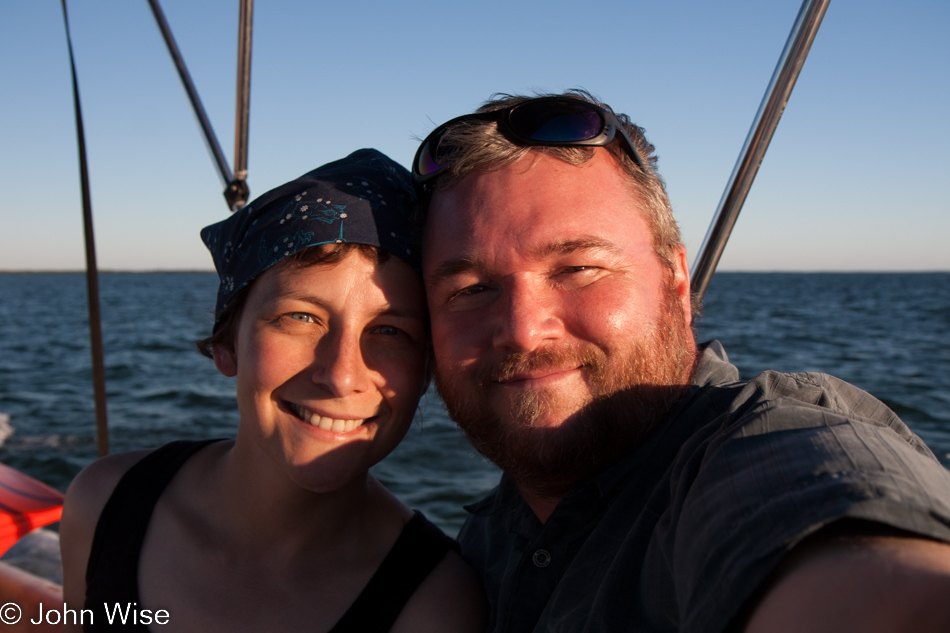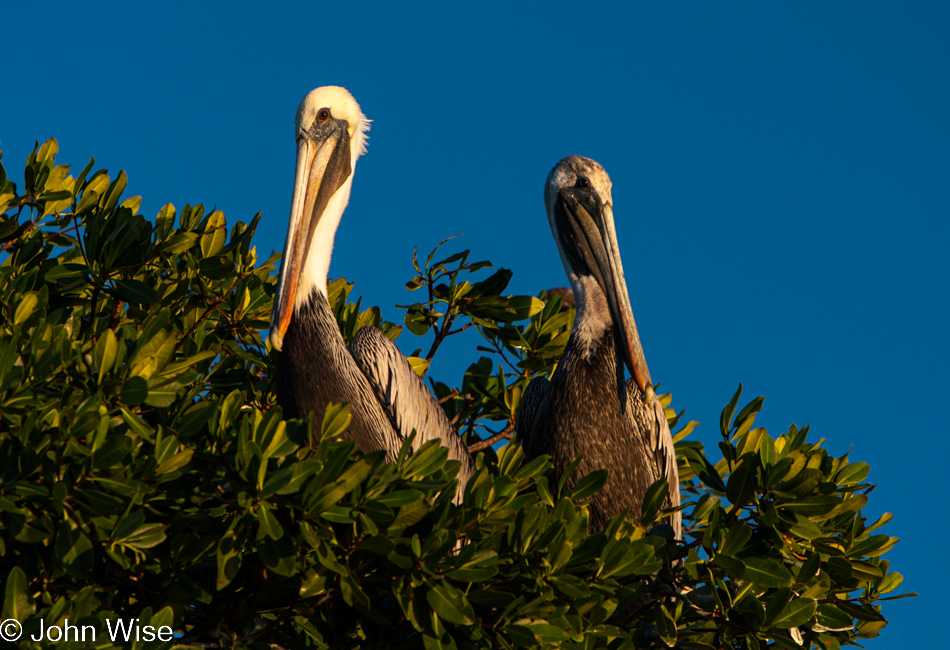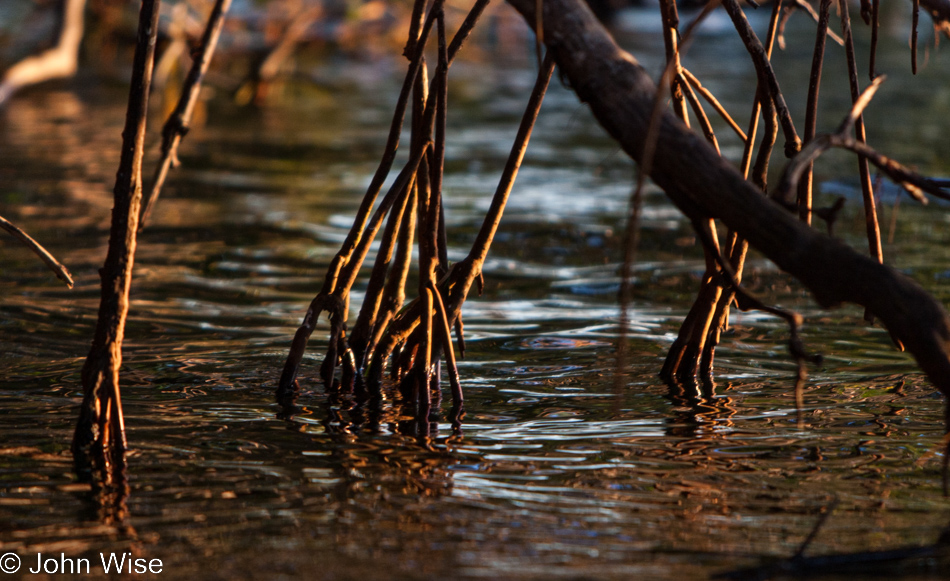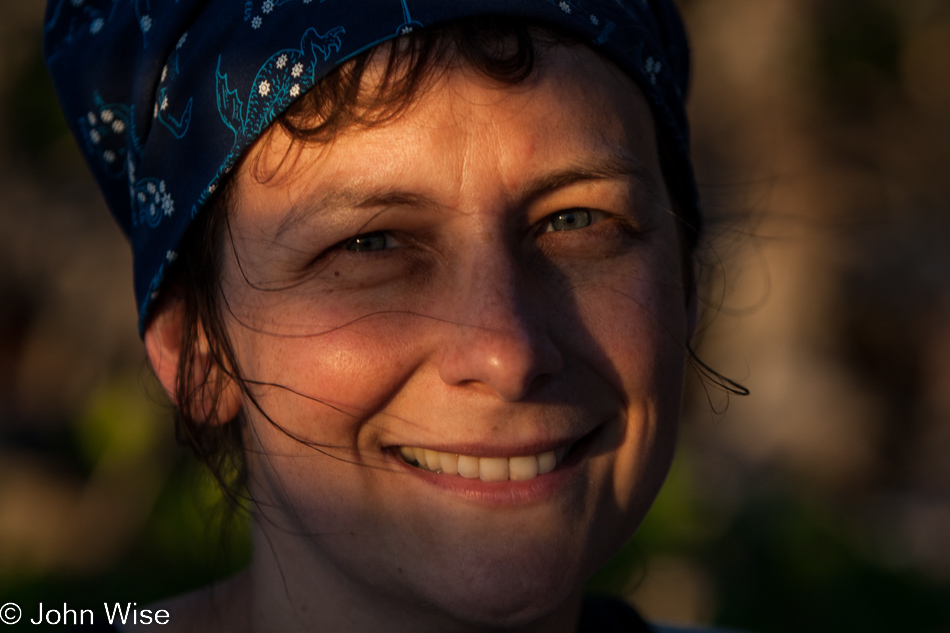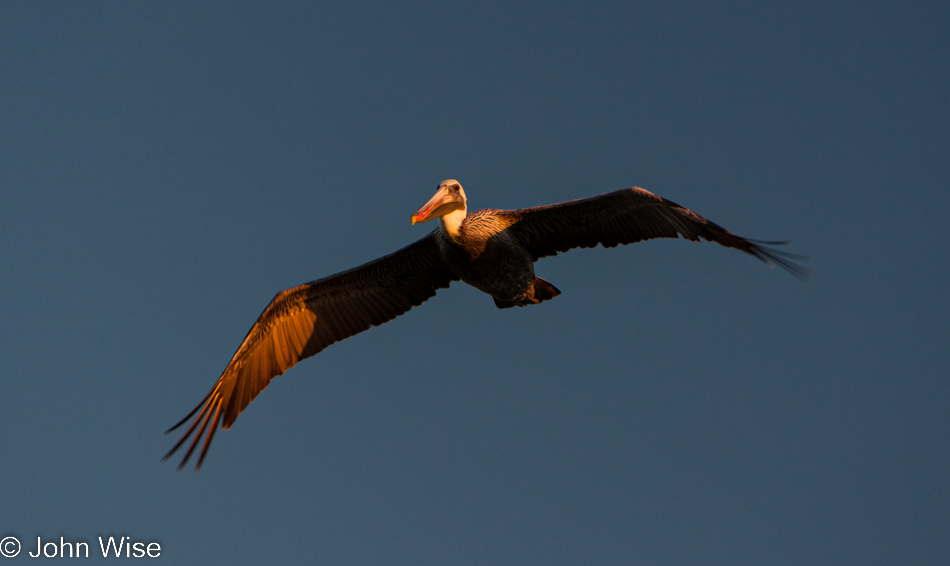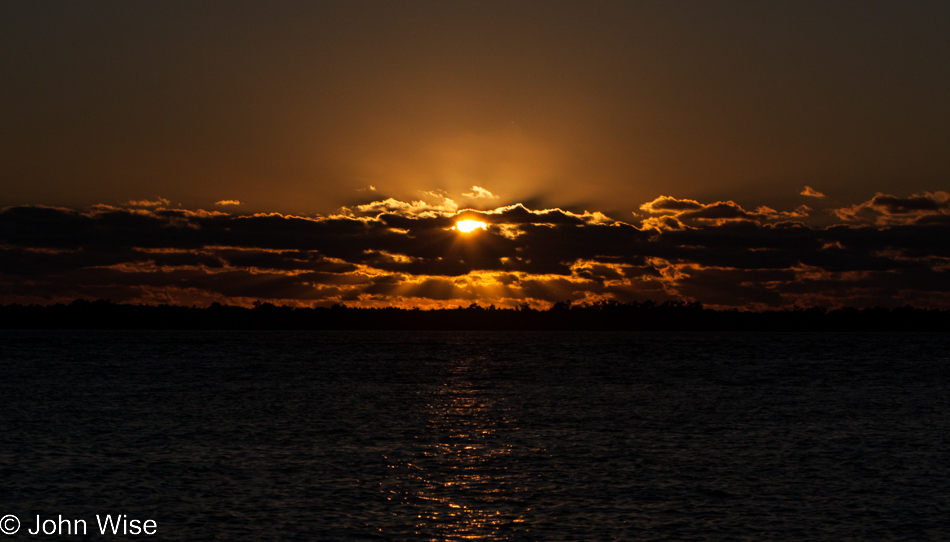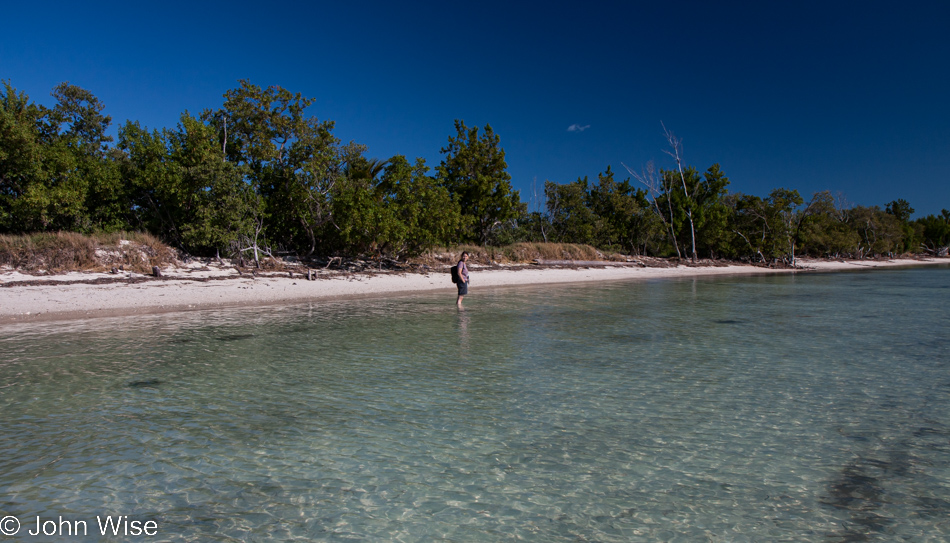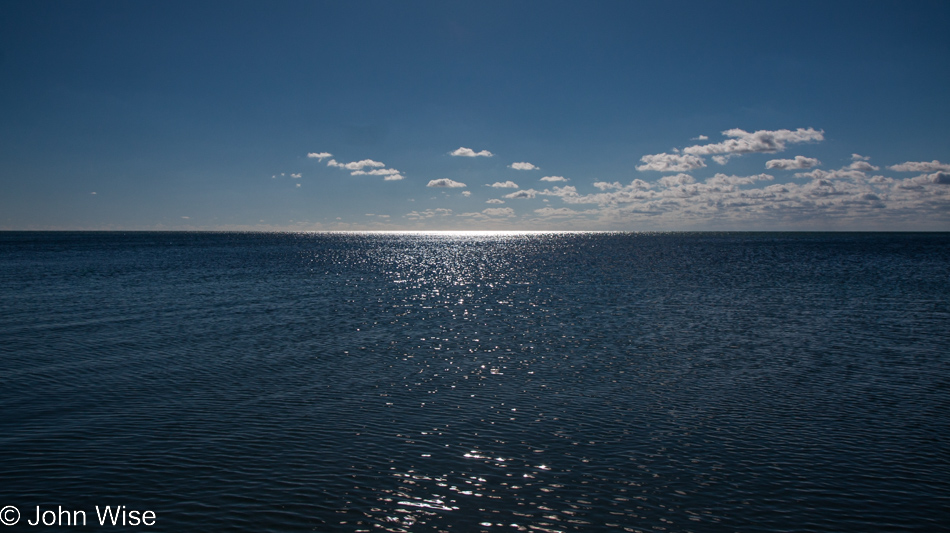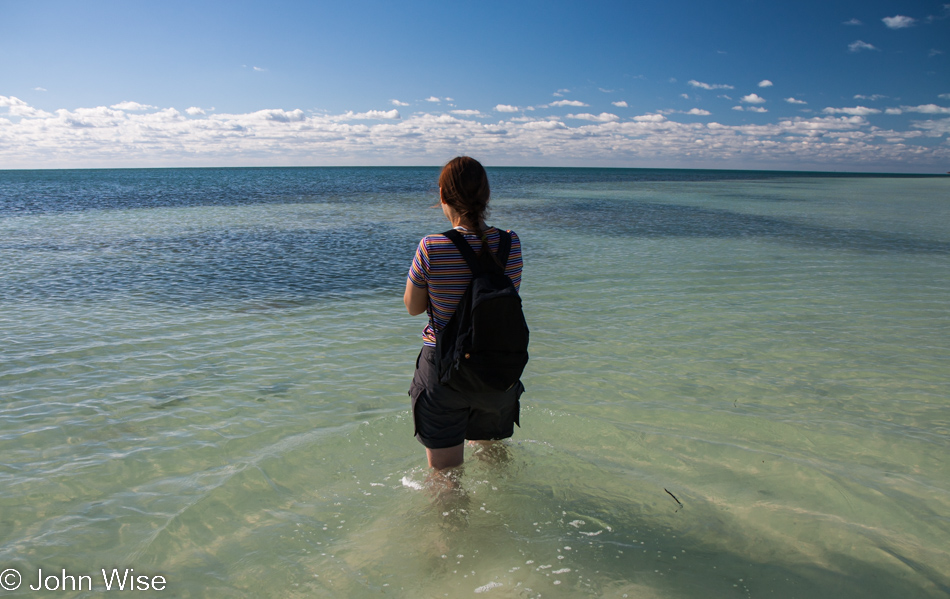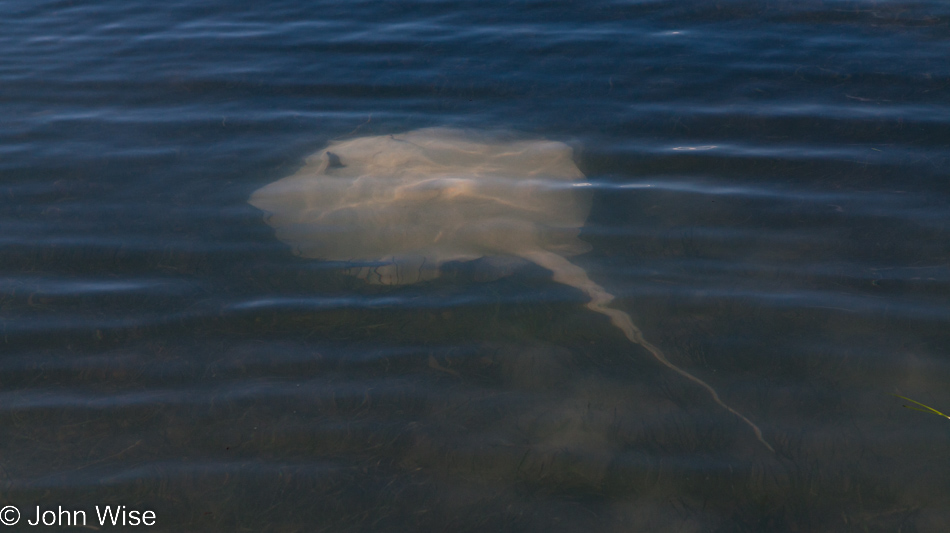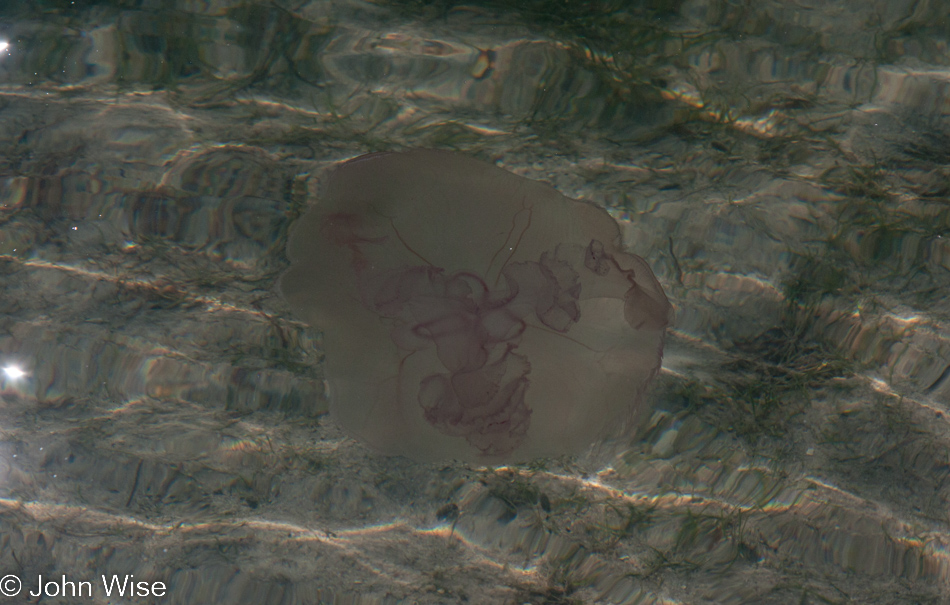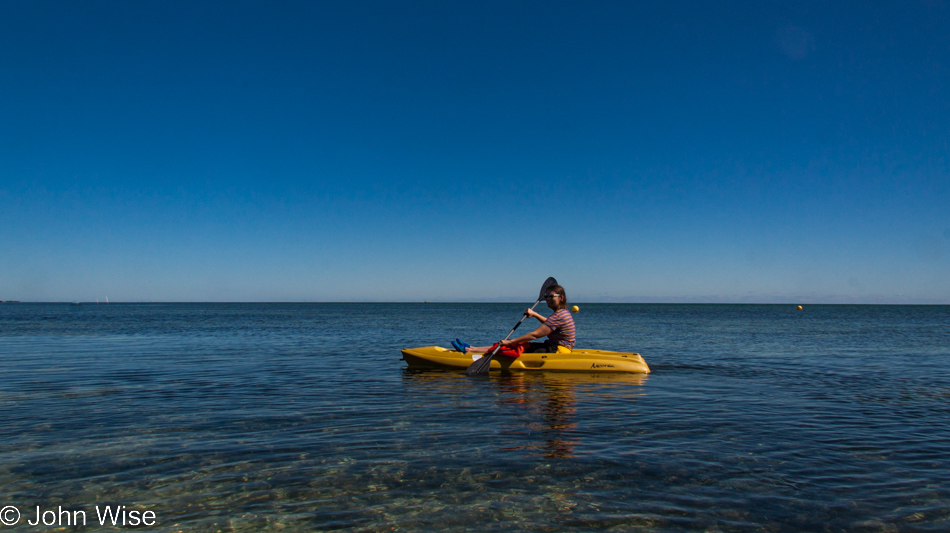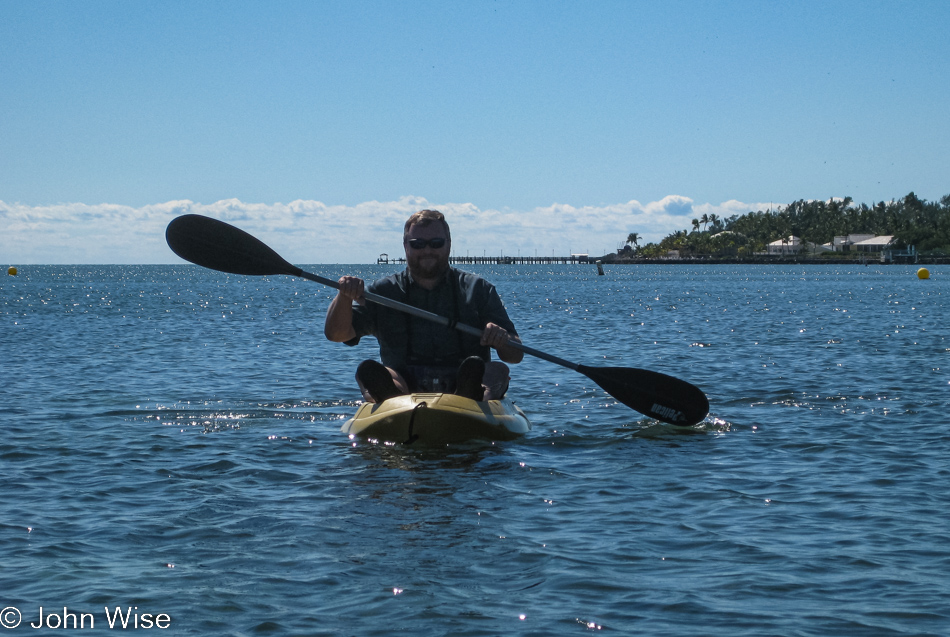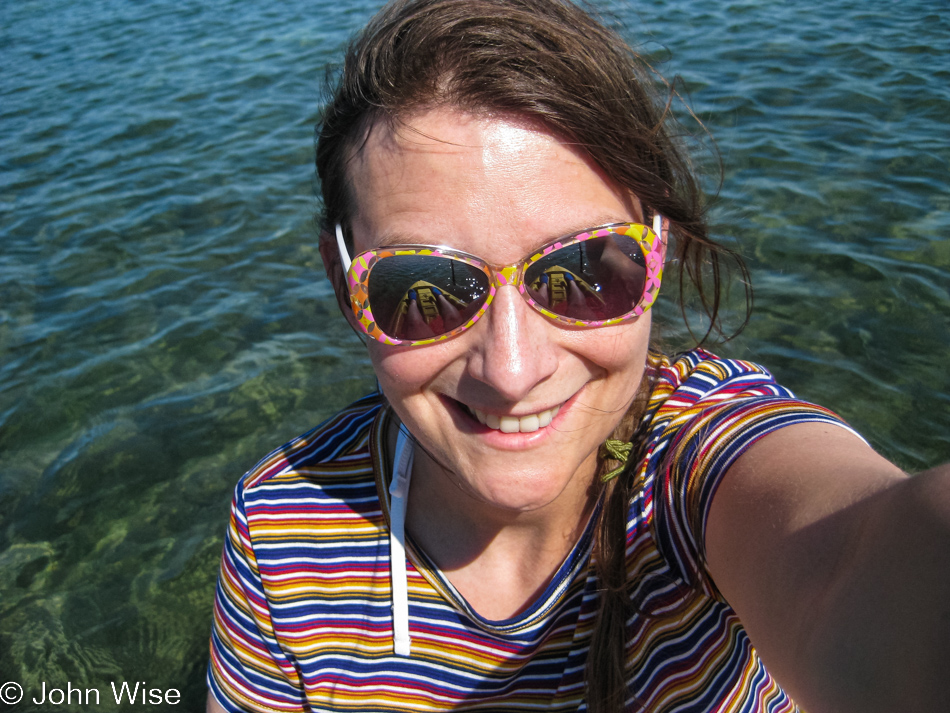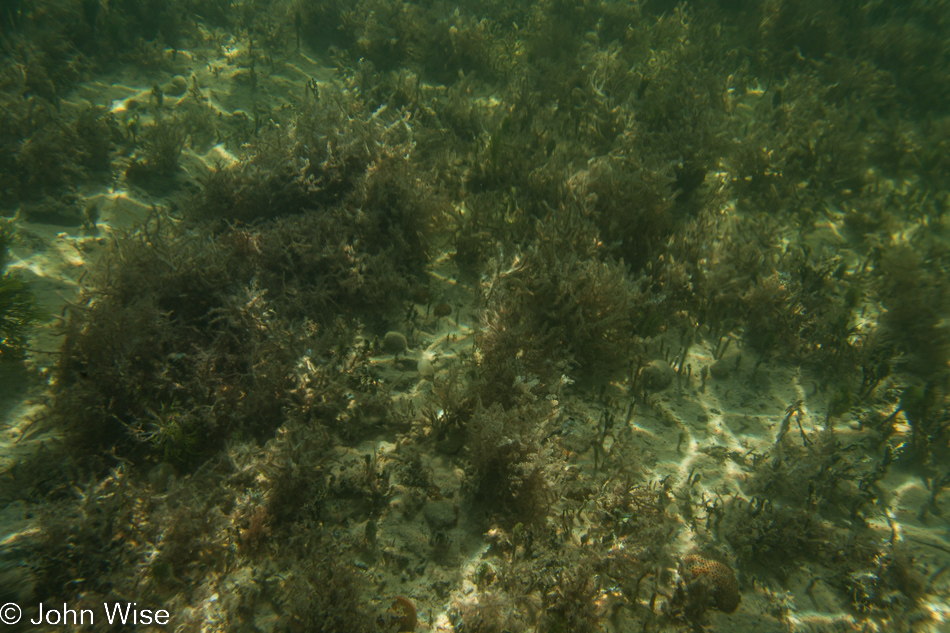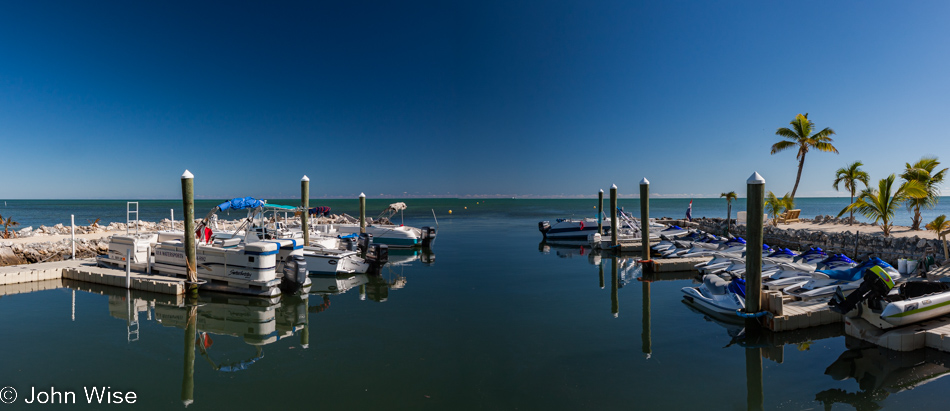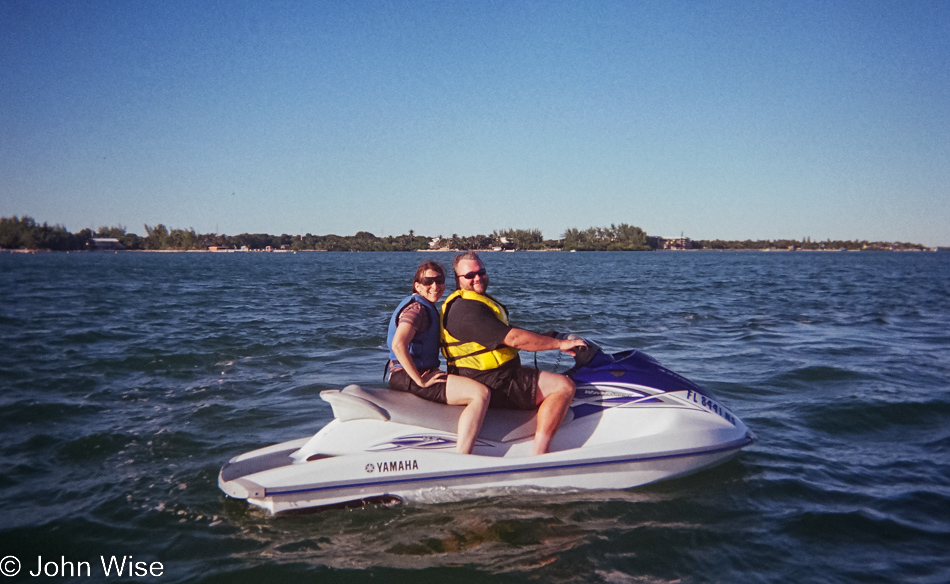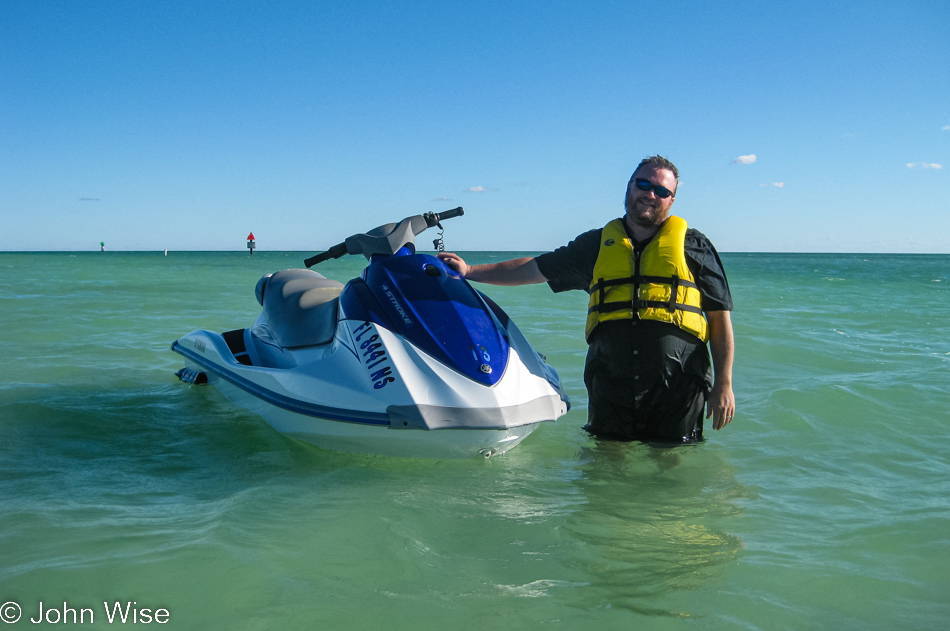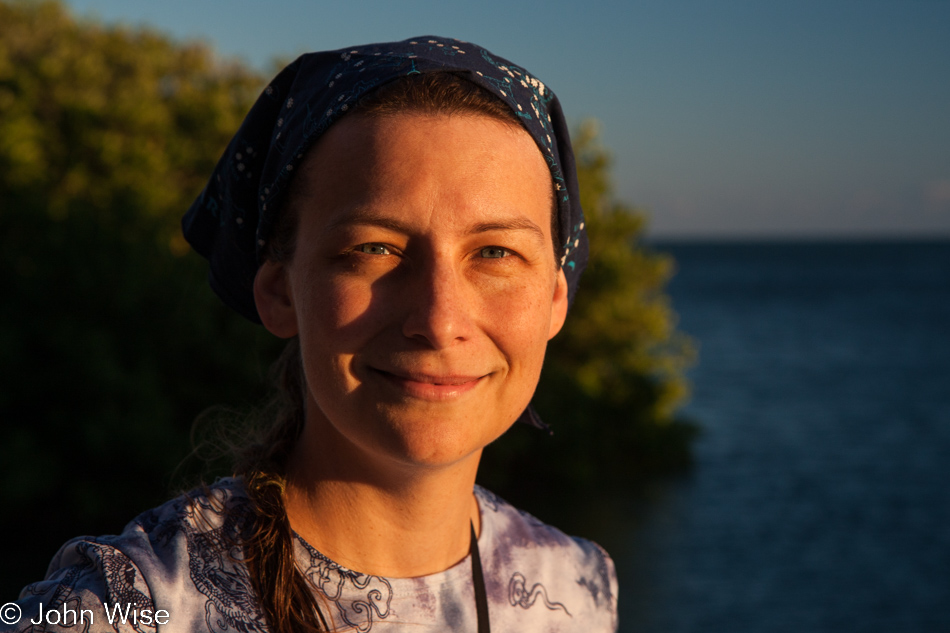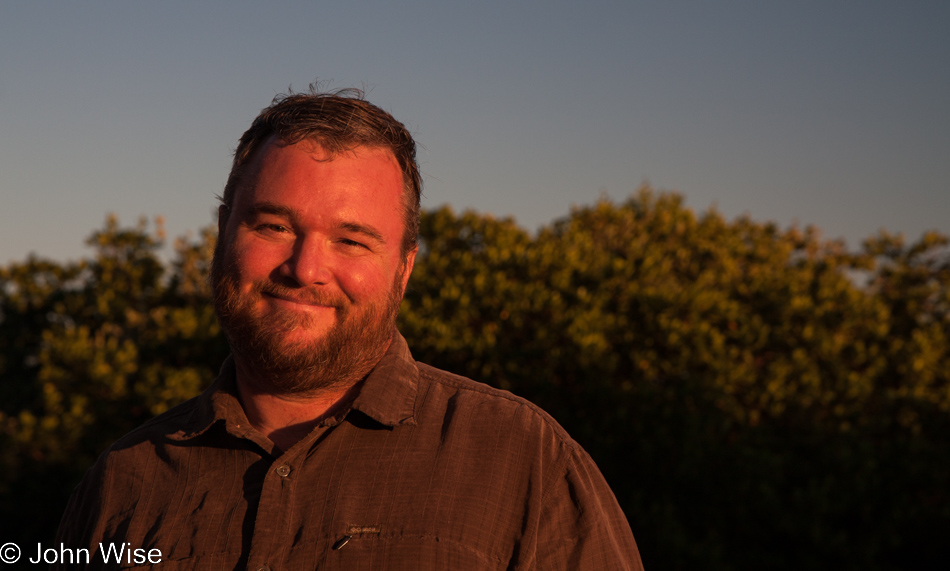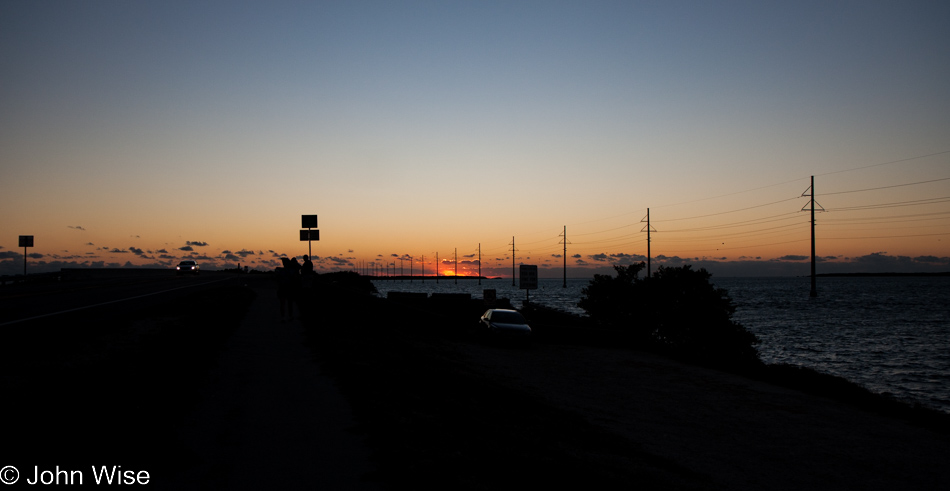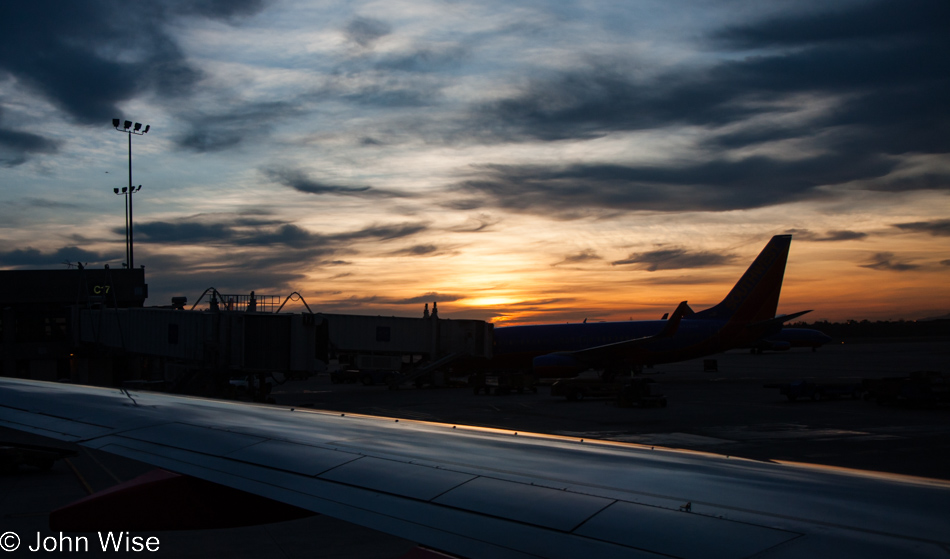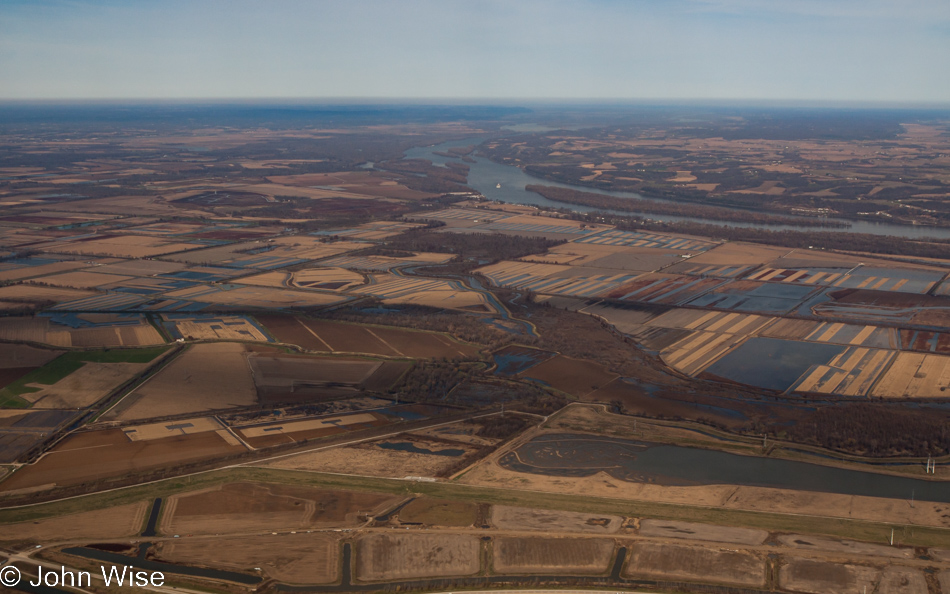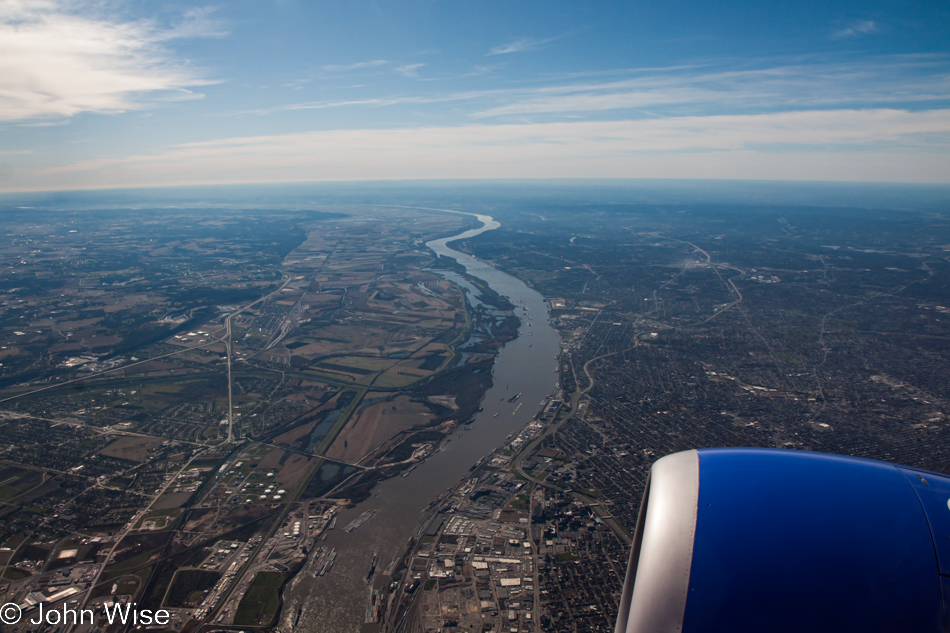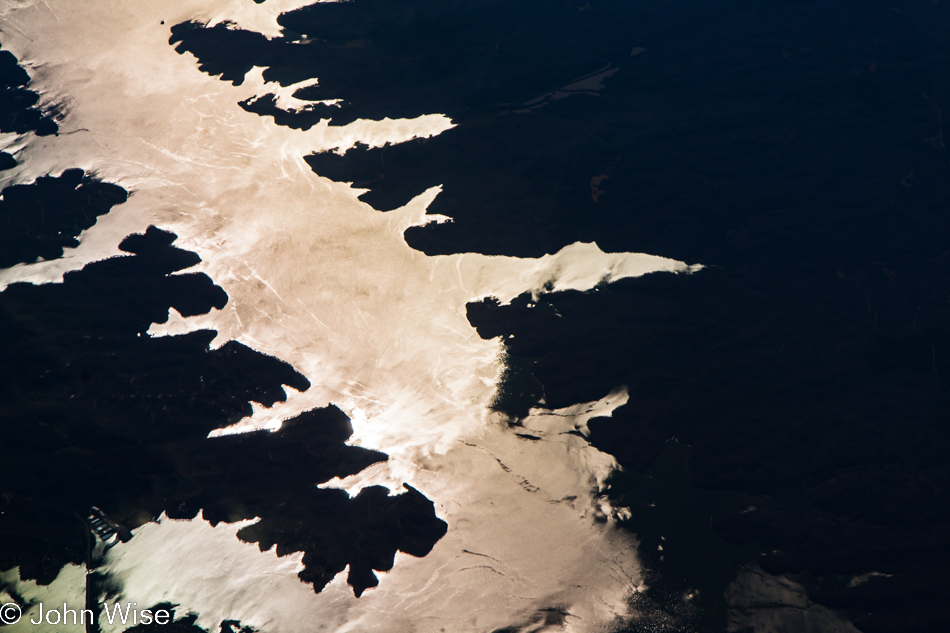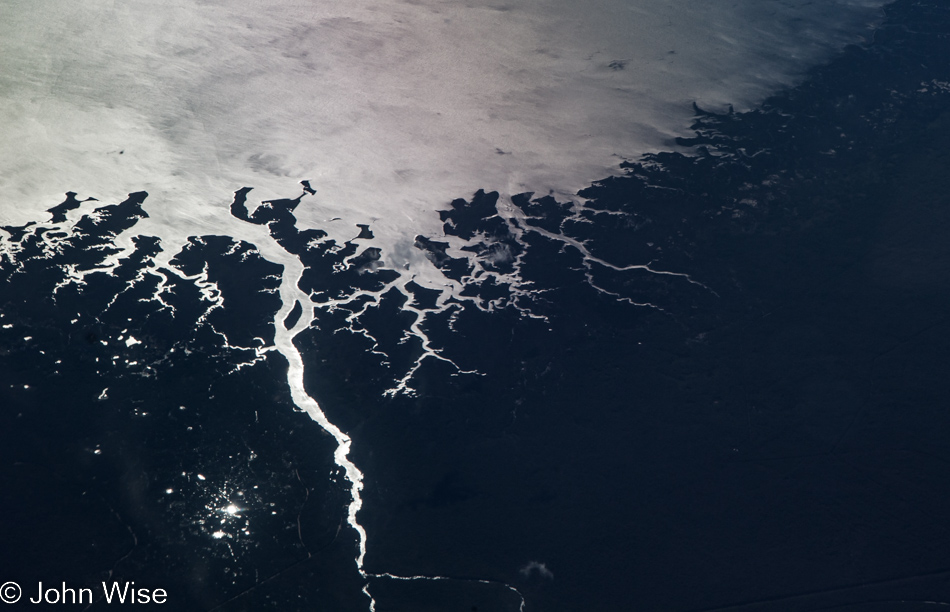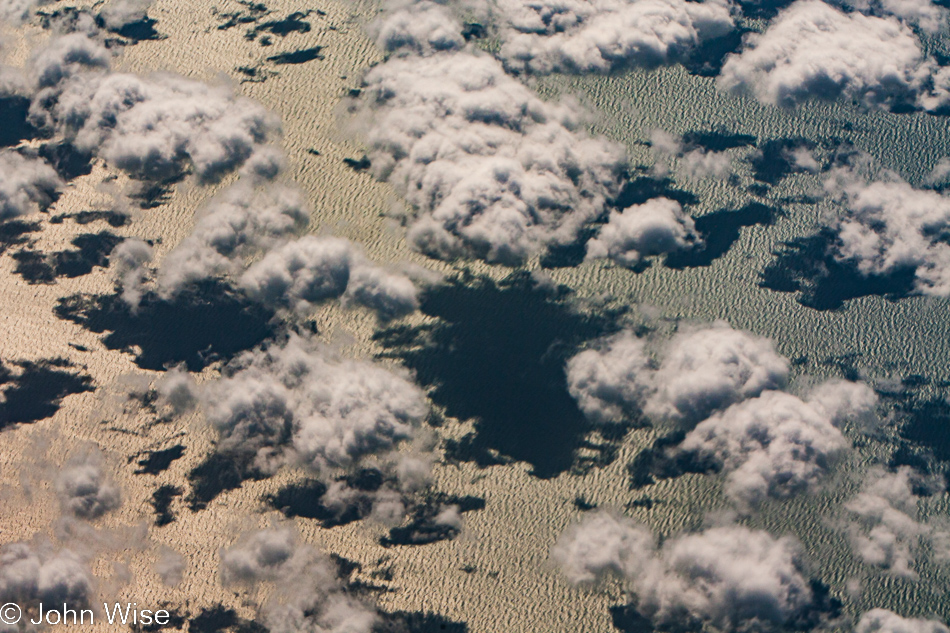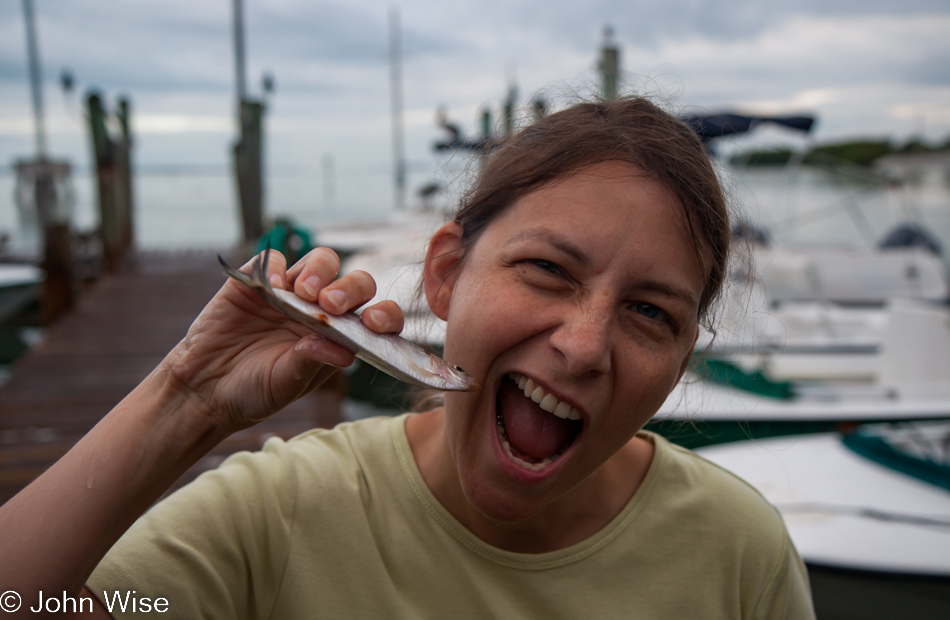
Attention: I’ve been updating blog posts where I either only posted 1 photo or maybe a couple; well, on this entry, I posted seven images, but reviewing it at the end of 2022, I felt I could easily double that number so that’s just what I did. All photos are from November 17, 2009, when the others were shot.
After breakfast of half-frozen raw fish out of the way, it was time to take on the day. Our first stop was at Robbie’s Marina on Islamorada to feed the tarpons and fend off some greedy pelicans. We had heard of these giant fish that hang out next to the boat docks waiting for tourists to happen along who are in need of spending their last few dollars on a bucket of fish to throw at other fish so they, in turn, can lose their hunting skills.
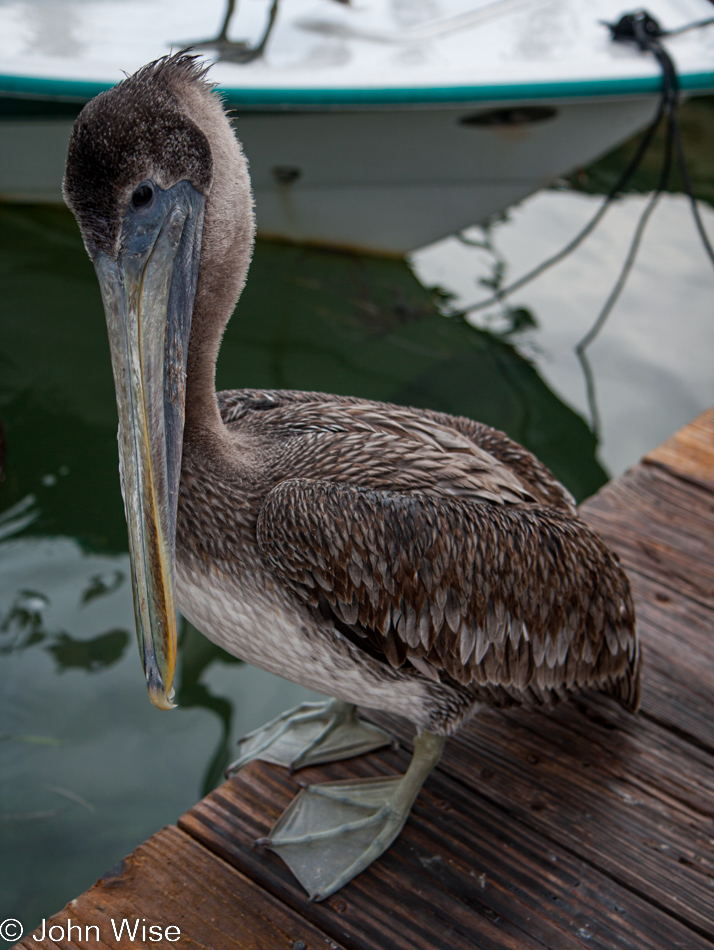
The best part of visiting this place was the “Wall of Lost Stuff You Wished You Hadn’t Dropped in the Water.” In all their corroded glory hang nearly a hundred pairs of prescription glasses, sunglasses, cell phones, digital cameras, car keys, hats, and trinkets.
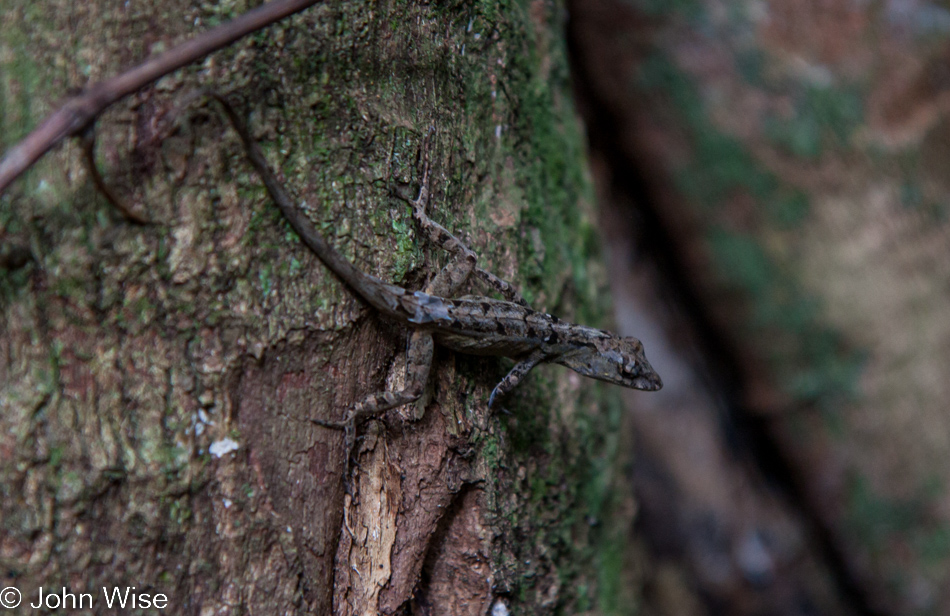
Today is our last day in Florida, and instead of another trip into the water for more snorkeling, we decided we would capture that thing that we missed at the beginning of our trip and make our way north to the Everglades National Park.
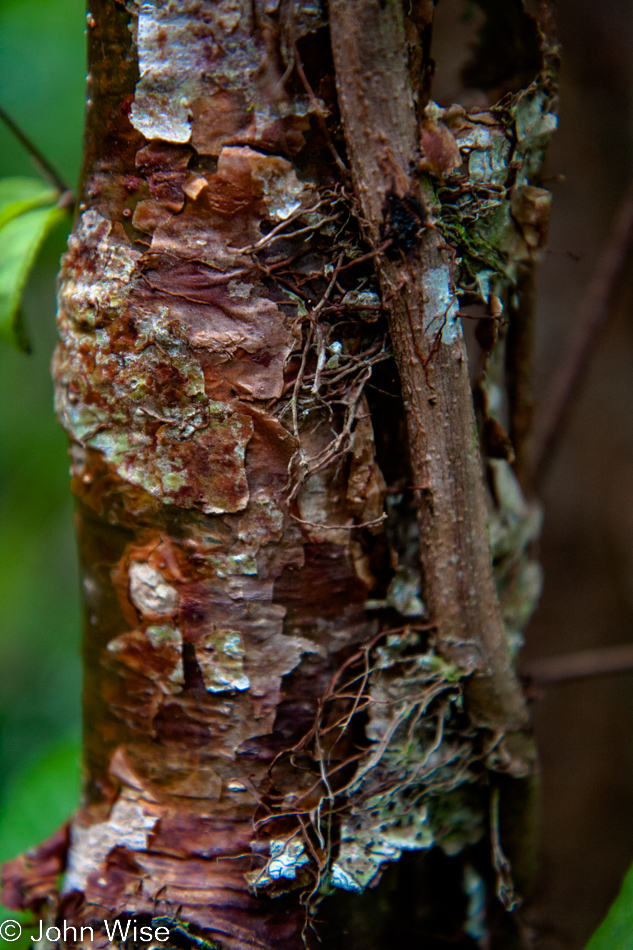
We visited the Everglades with my mother-in-law back in 2003, but now, as then, we have too little time to adequately explore this million-and-a-half-acre national park. After a quick stop at the visitors center to best plan our four-hour adventure, we quickly ran off to Royal Palm, beginning our walk on the Gumbo Limbo Trail, where the above photo was snapped.
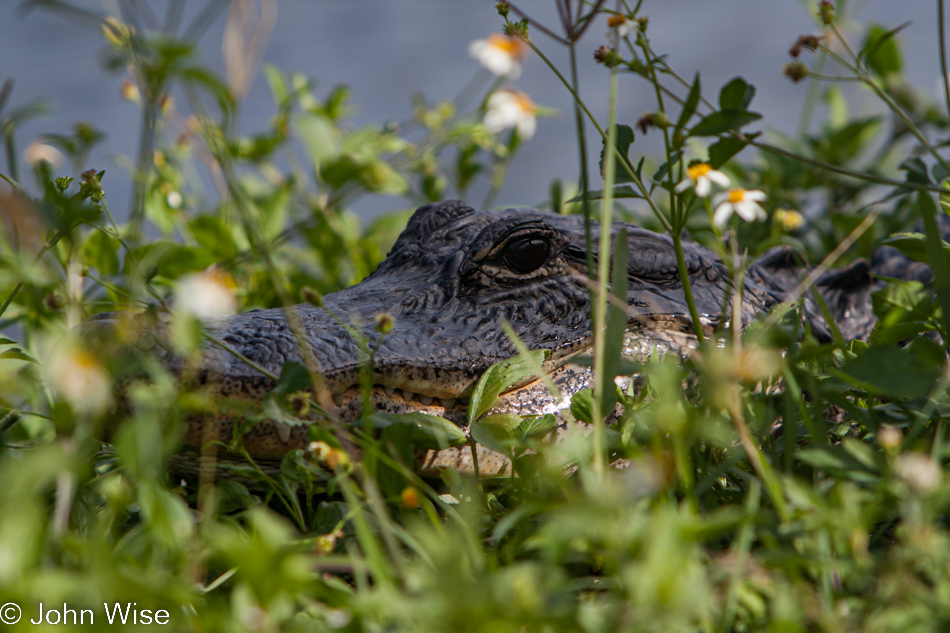
The other trail at Royal Palm is the Anhinga Trail, where paths and boardwalks take us through wetlands, passing various birds, including the anhinga for whom the trail is named, fish, buzzards, and, of course – the mighty alligator. Oh, sure, I would like to tell you how I tracked this fierce beast while on a safari through the wilds of the Everglades, but the truth is far more mundane. Right next to the trail, this gator sat in the grasses with most visitors just passing by, unaware, within ankle-biting distance. After I crouched to snap this photo, more than a couple of startled folks gave Mr. Alley Gator a wide berth.
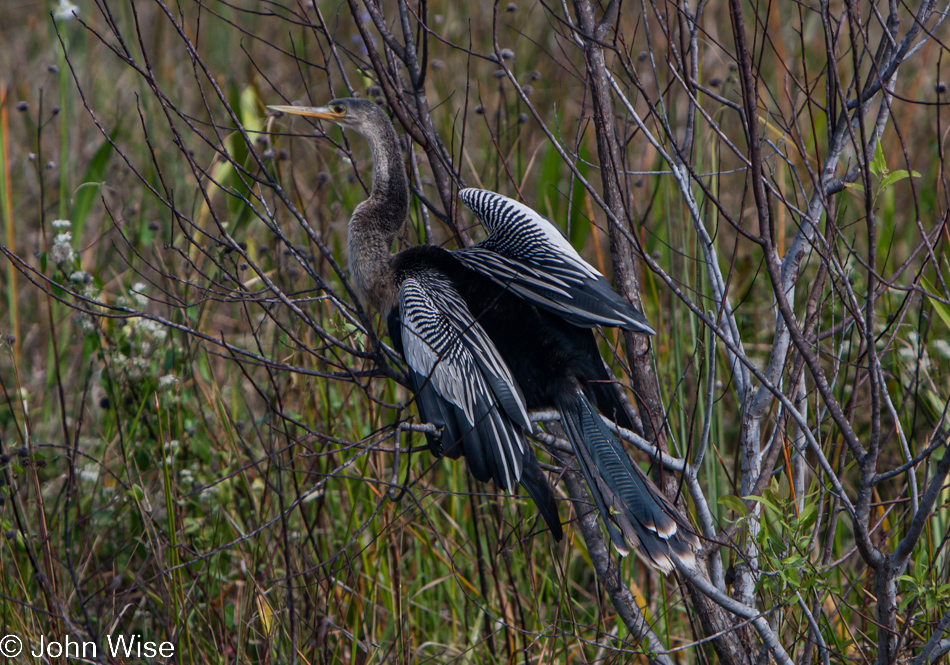
This is the anhinga bird drying out.
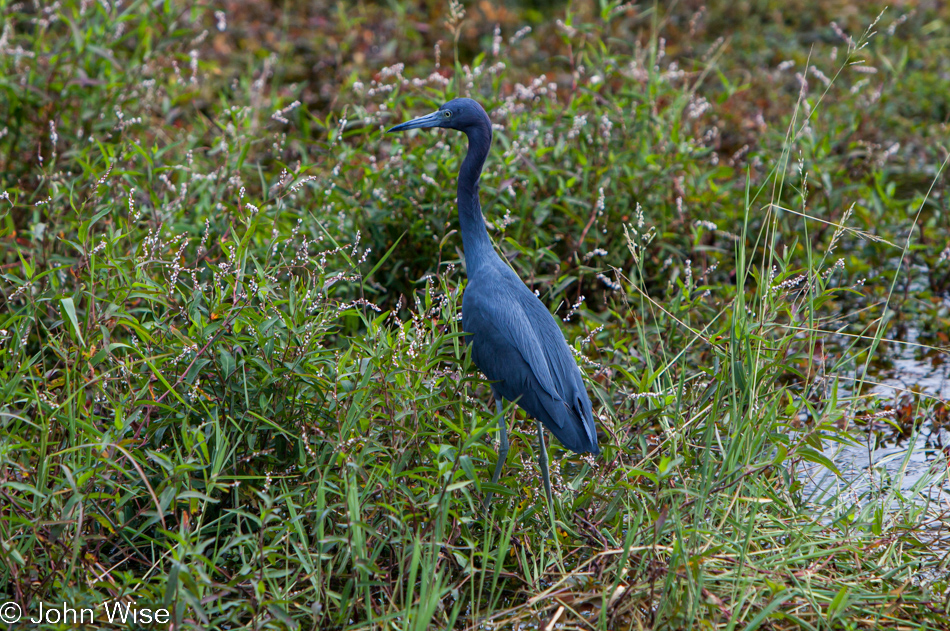
A Little Blue Heron, not to be confused with the Great Blue Heron. This particular heron species is among twenty bird species, seeing the greatest population declines in North America since 1967. Luck seems to follow us around when it comes to animal sightings. At the end of one of the boardwalks, we were first amazed to see a group of about eight alligators lounging in the sun when I spotted this fluorescent dark blue bird I’d never seen before, so instead of more gator photos here is the beautiful Little Blue Heron.
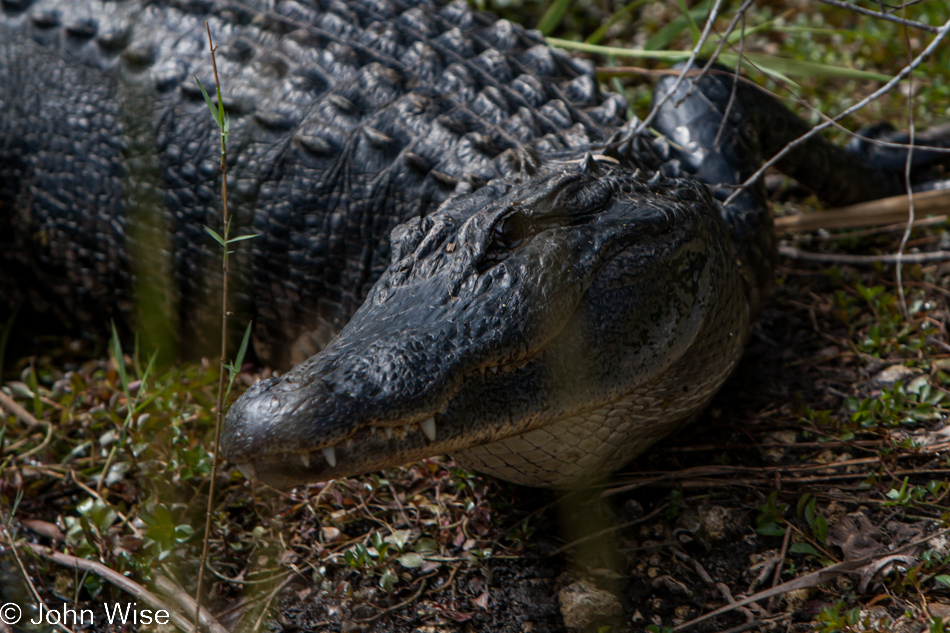
Either I’m that stupid to get too close, or my lens is doing part of the work.
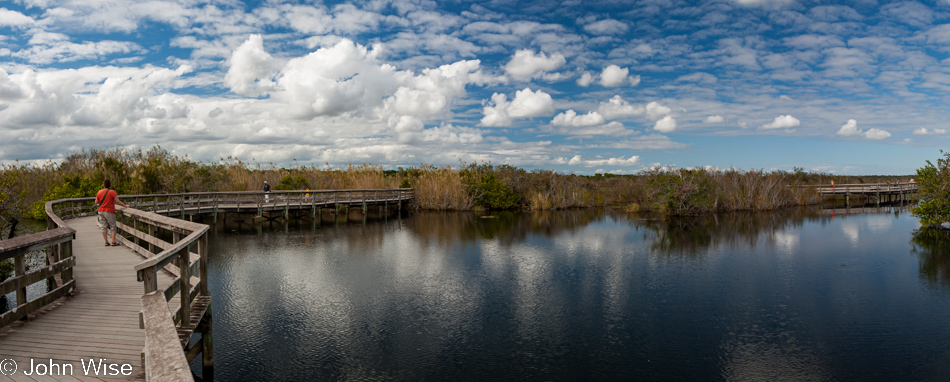
The trail on this raised boardwalk is a short one, but it’s a treasure trove of life.
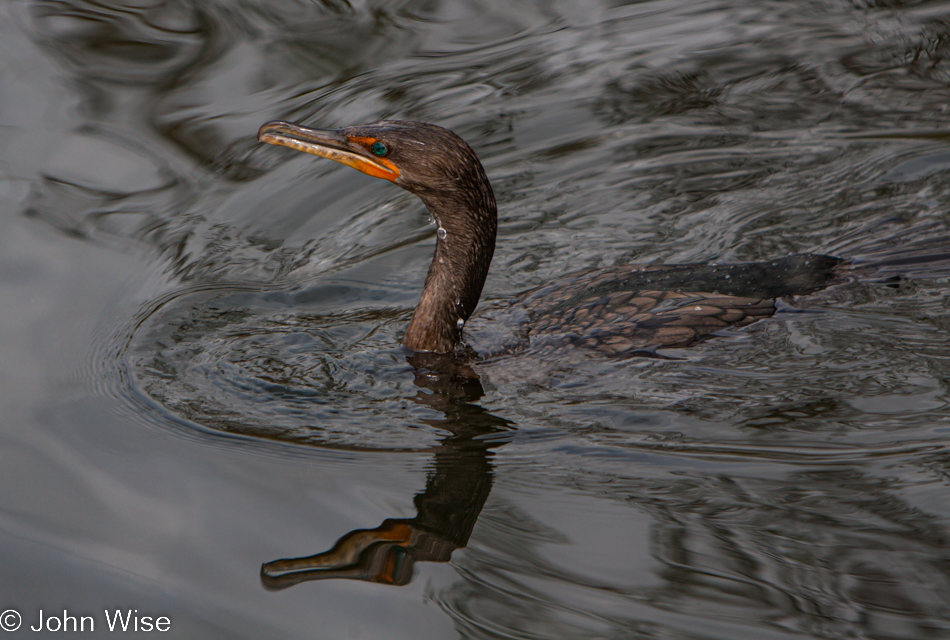
This, again, is the anhinga for whom this trail is named. Its name originates from the Brazilian Tupi language, meaning Devil Bird or Snake Bird; it is also known as the Darter or Water Turkey. If you weren’t paying attention, you’d think this swimming bird was a common cormorant. We hung out waterside, watching the anhinga surface, dive again, move through the water like…like, well like a snake. I would have gladly put my waterproof housing on my camera to grab an underwater shot of the anhinga-catching fish but a large alligator population proved a strong deterrent.
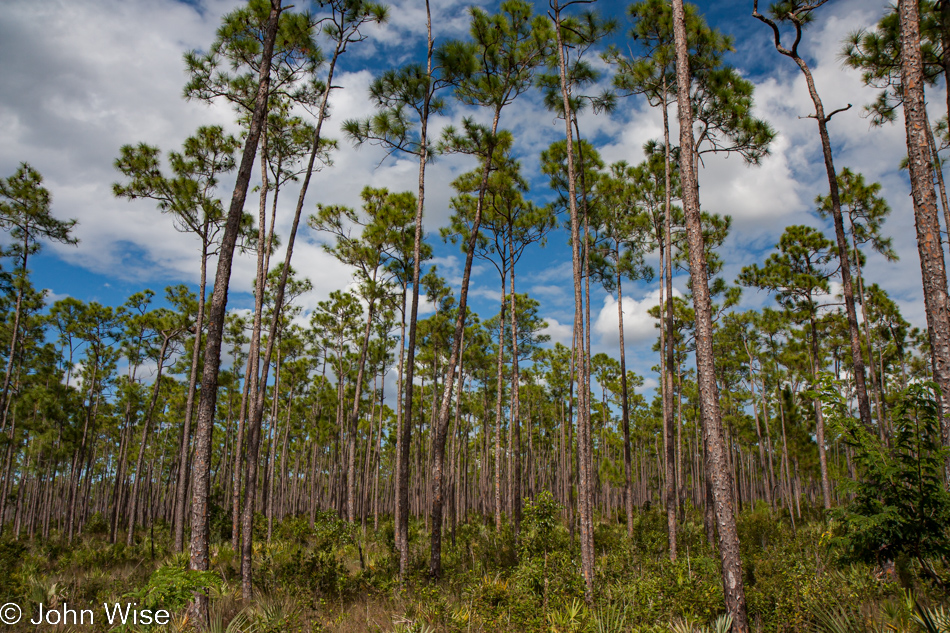
I believe these are Longleaf pine trees.
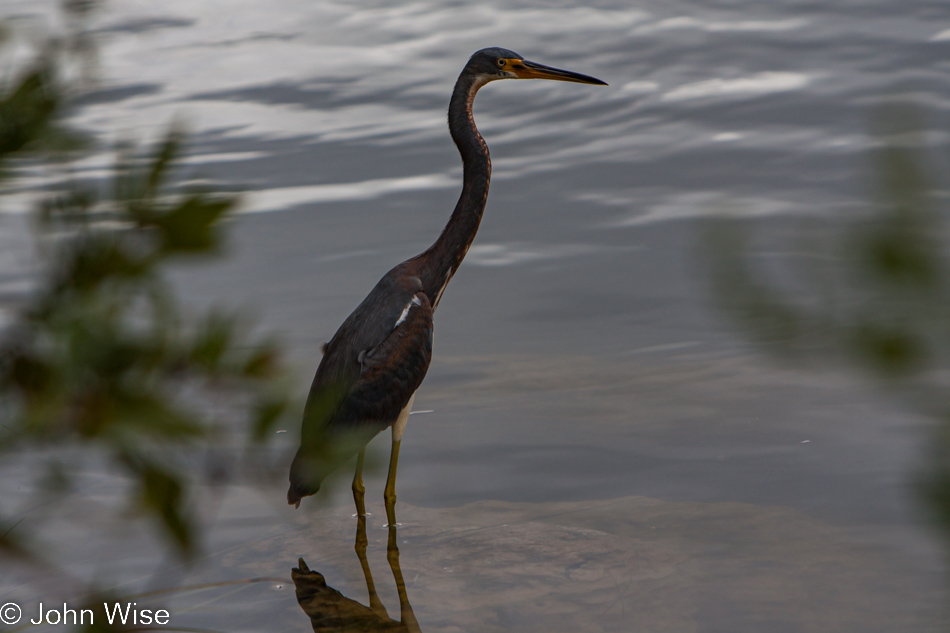
While I know it’s a heron, I can’t figure out its exact line.
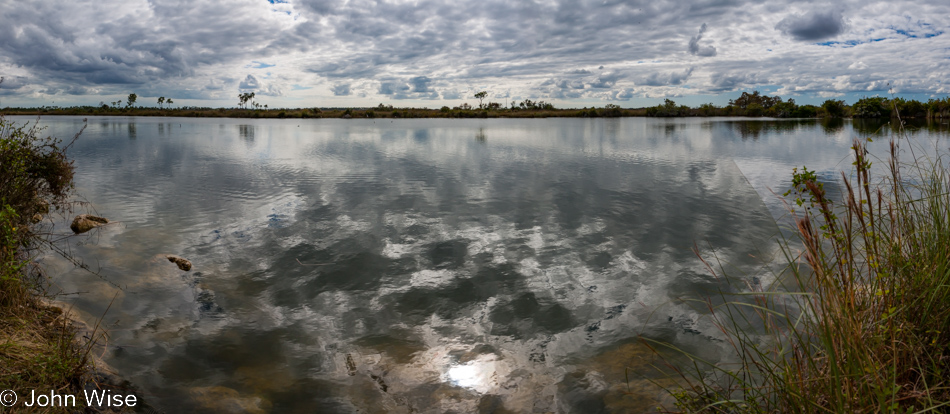
With time running short but not so short, we can’t afford one more moment of sightseeing we head further into the Everglades but recognize we won’t be able to go far, considering our drive back to Fort Lauderdale. A quick decision to stop at Sisal Pond and see what it has to offer was a perfect choice. We walked the length of the pond, spotting one alligator, more than a few birds, and a snakeskin that was shed in some underbrush. With clouds starting to fill the sky, it was our cue that now was the time to finish our brief visit to the Everglades and head north for our flight home.
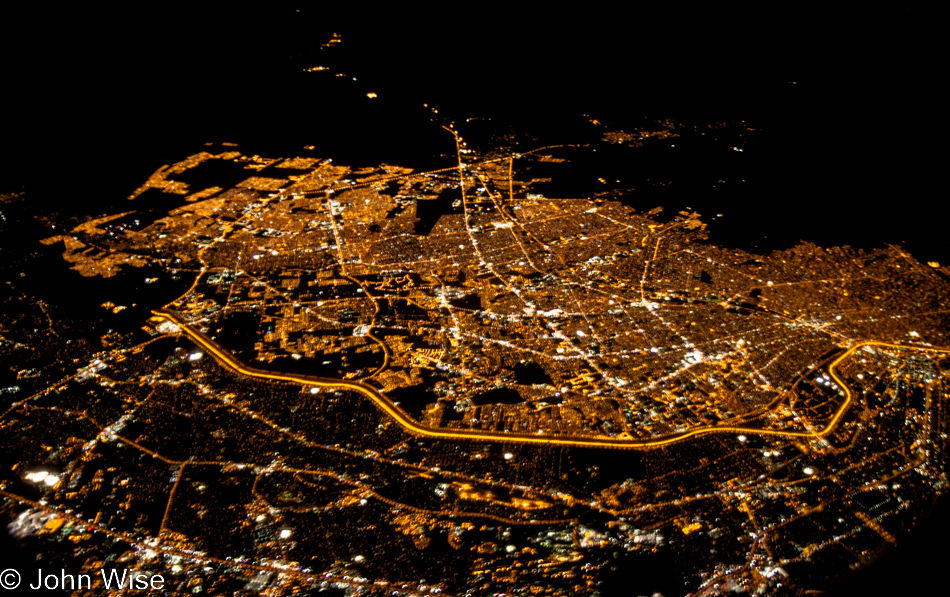
The trek west flew us into the setting sun and the night sky. From forty-thousand feet in the air, the view past the Mississippi is most often of seemingly empty lands with an occasional small town gleaming in the darkness, but as we approached El Paso, Texas, I grabbed the camera for this shot. The bright ribbon that bisects this place is actually the border between Juarez, Mexico, and El Paso, Texas. The densely lit area at the top of the photo is Juarez. The rest of the flight was dark – outside.
